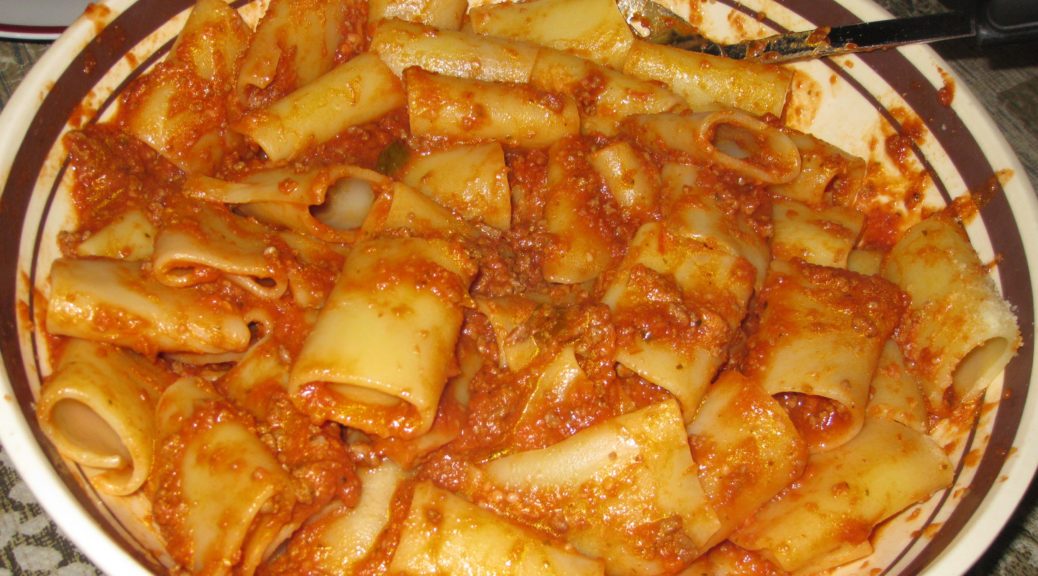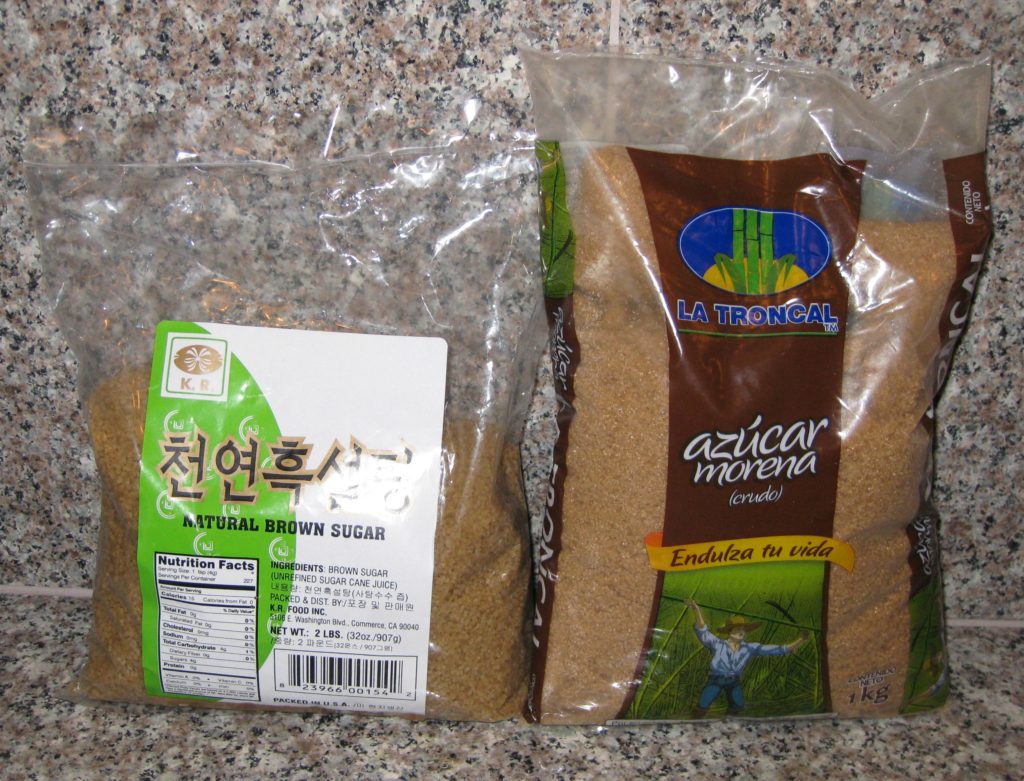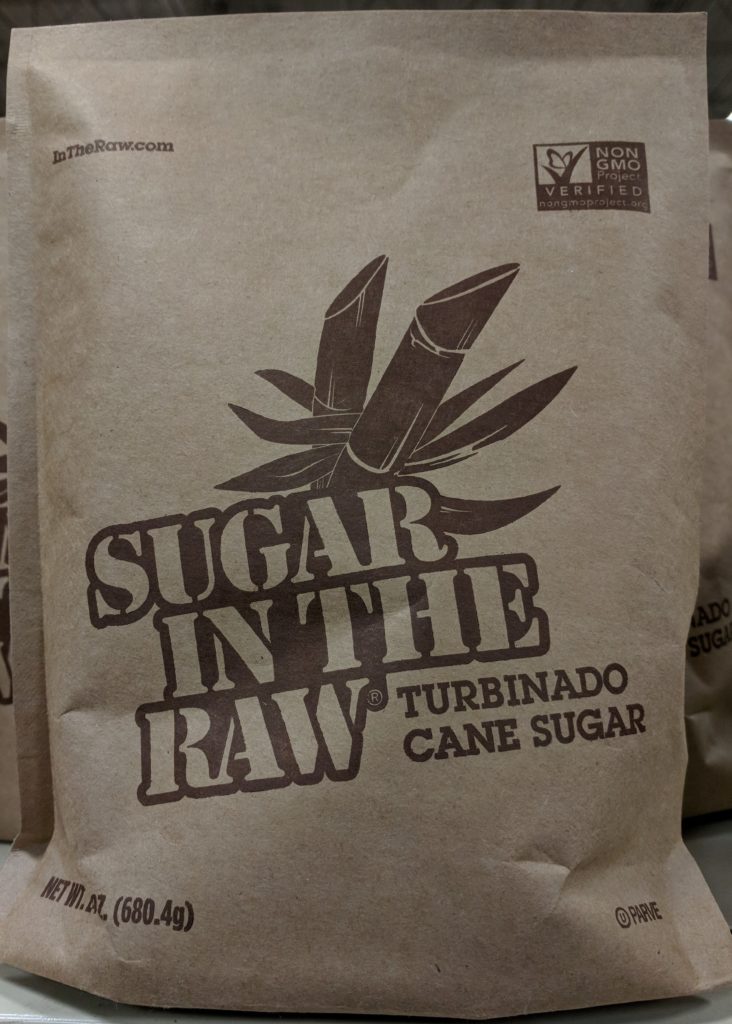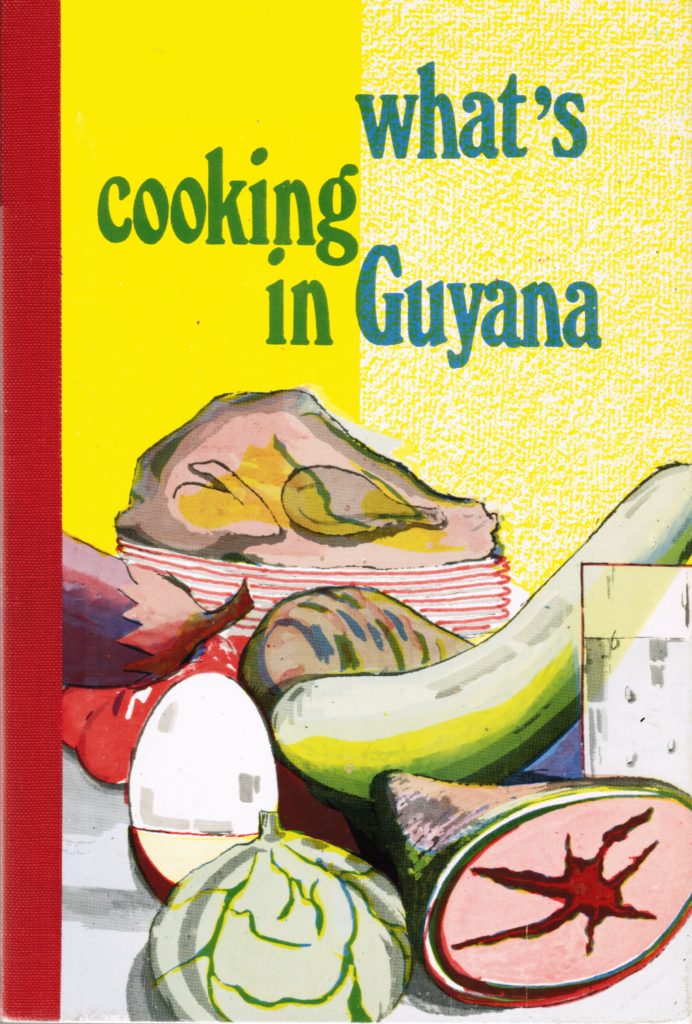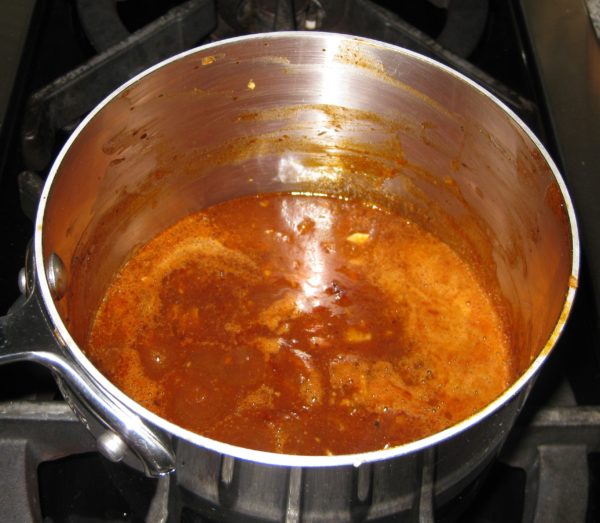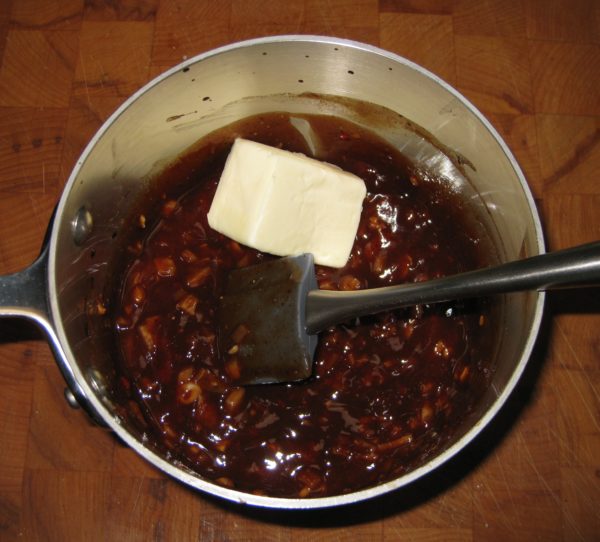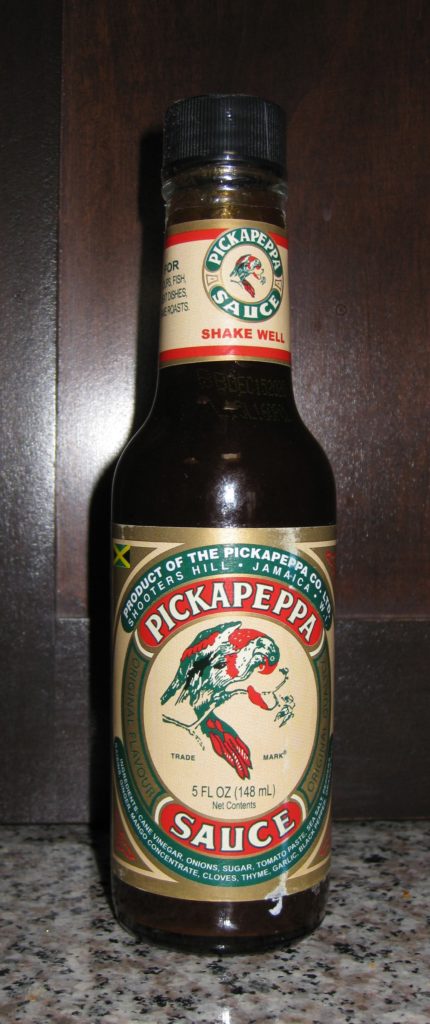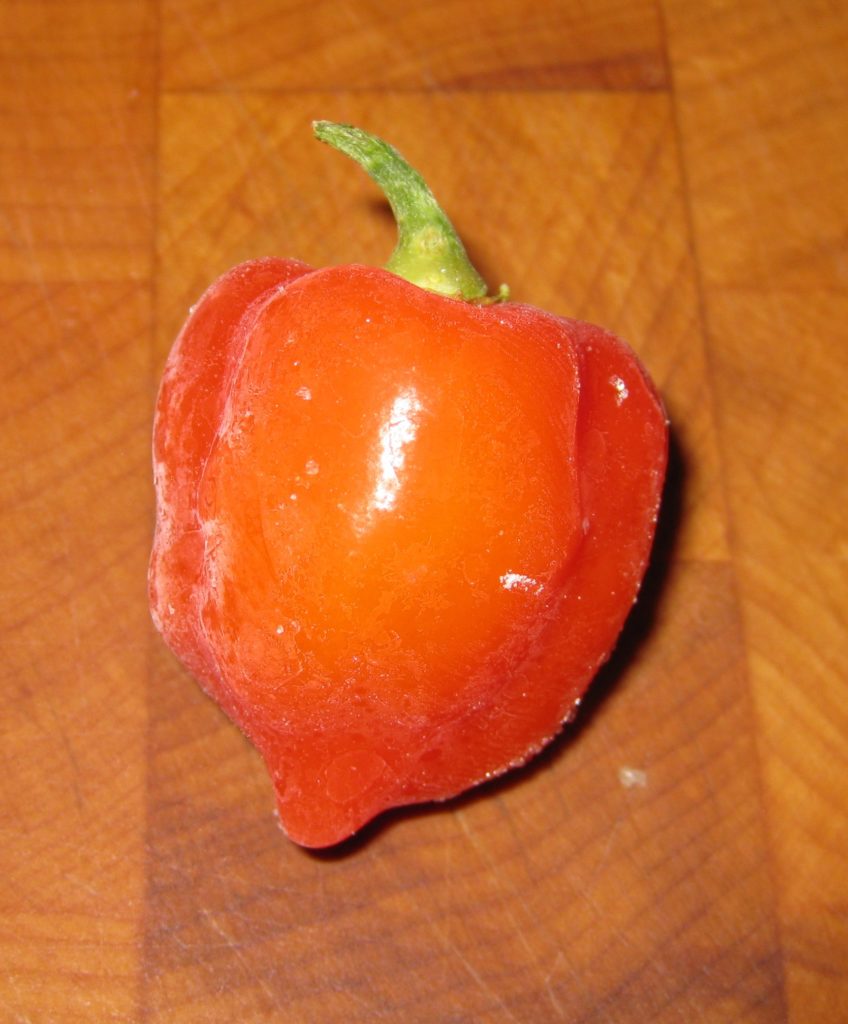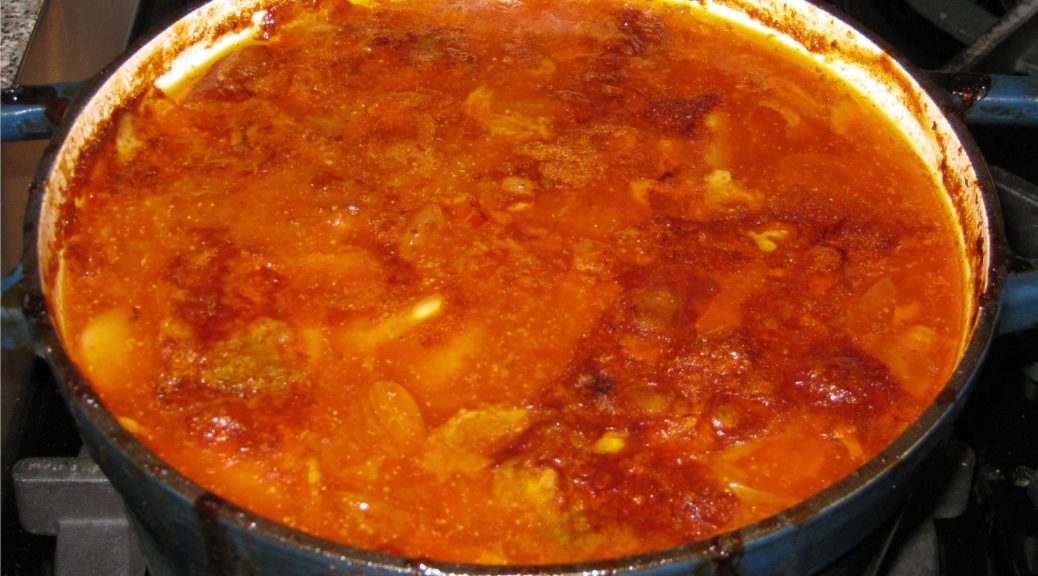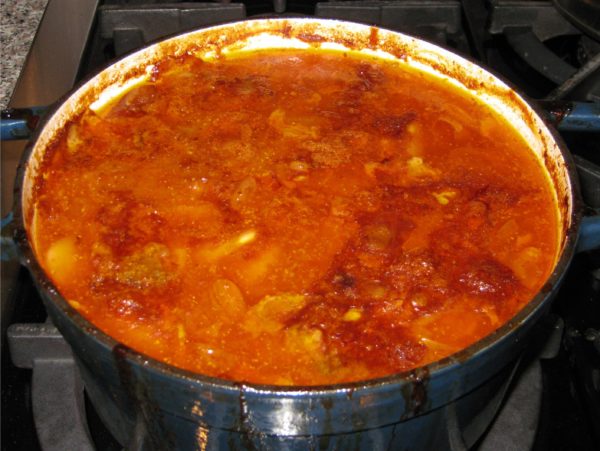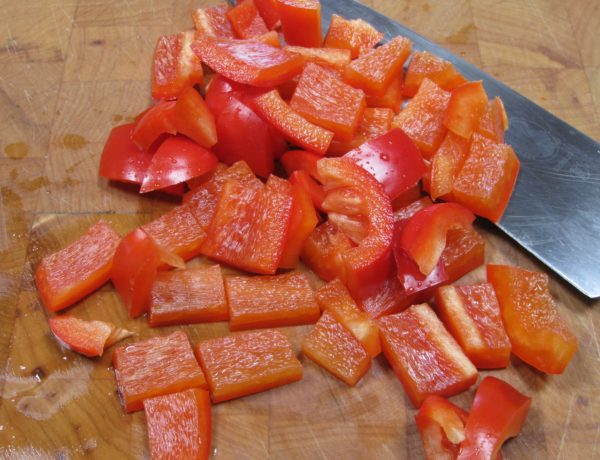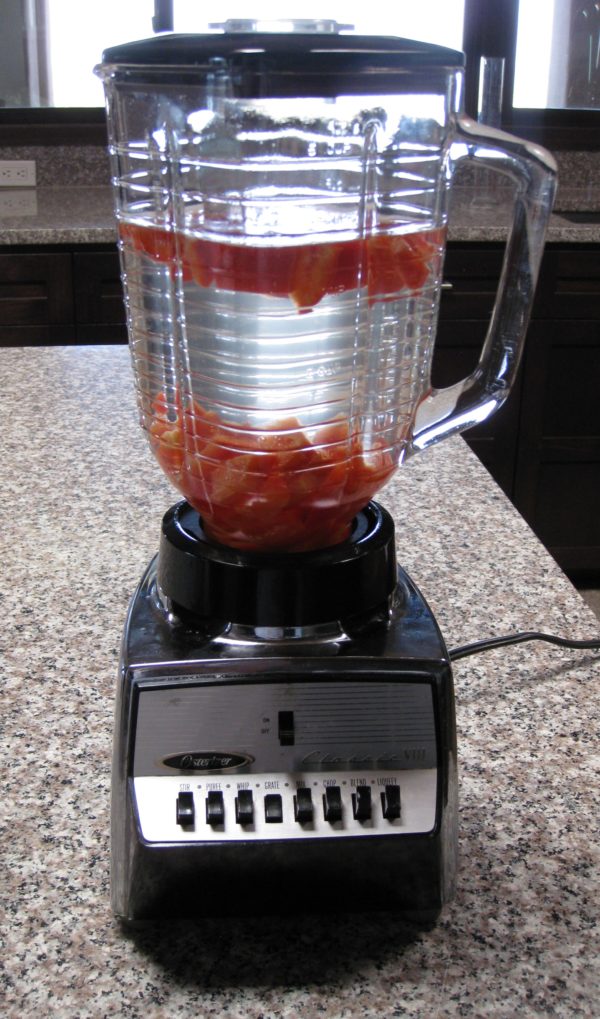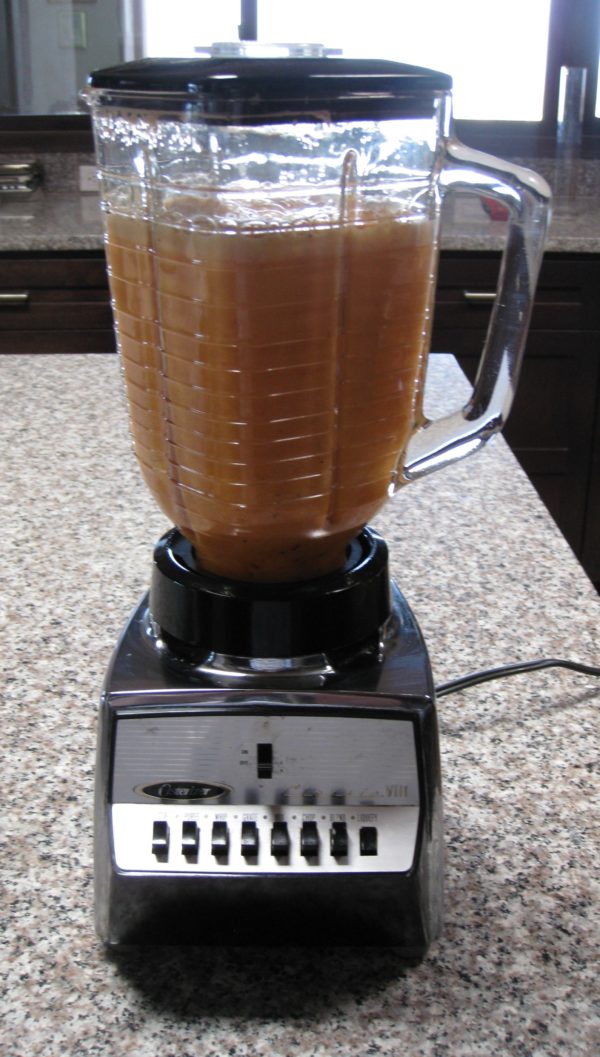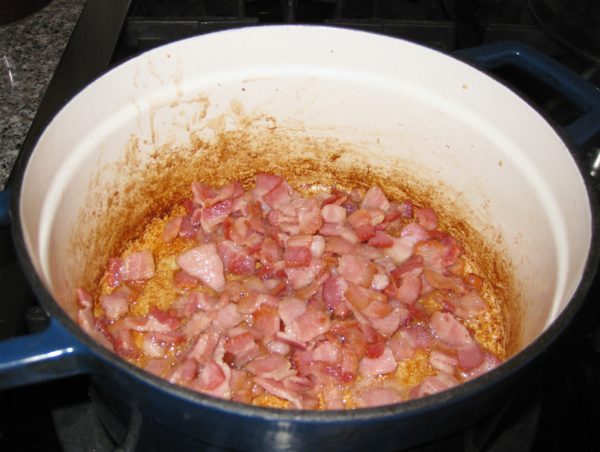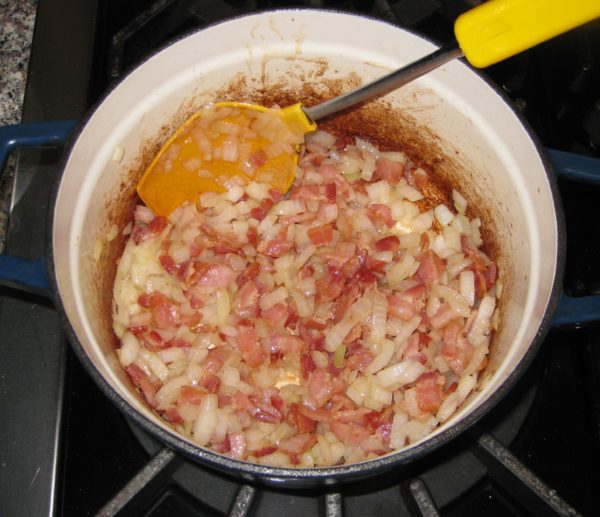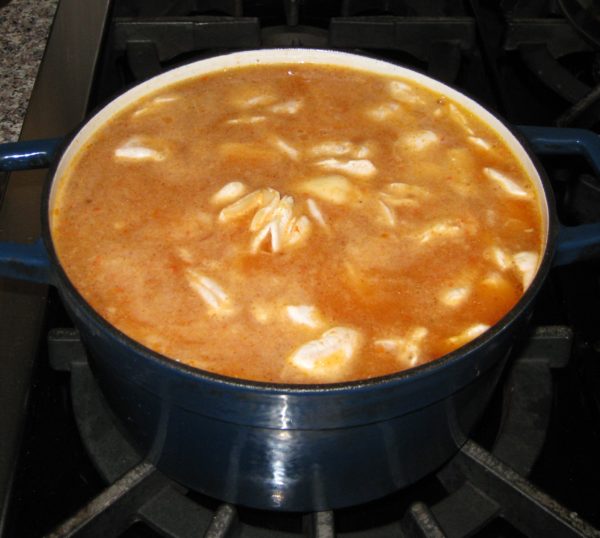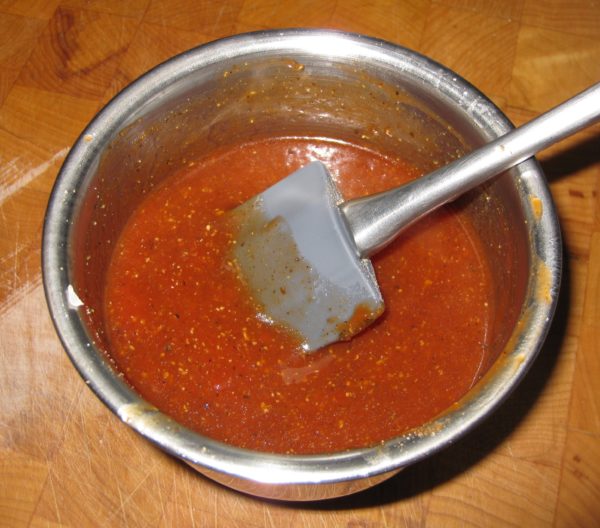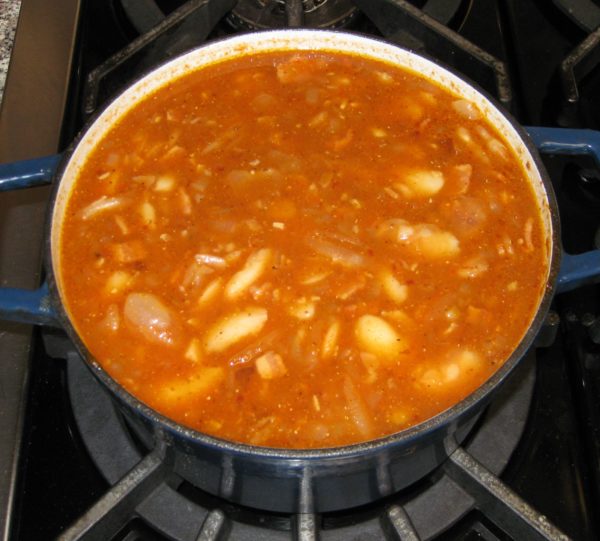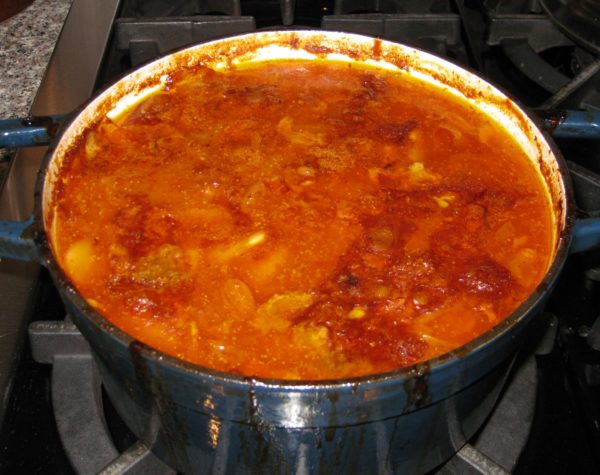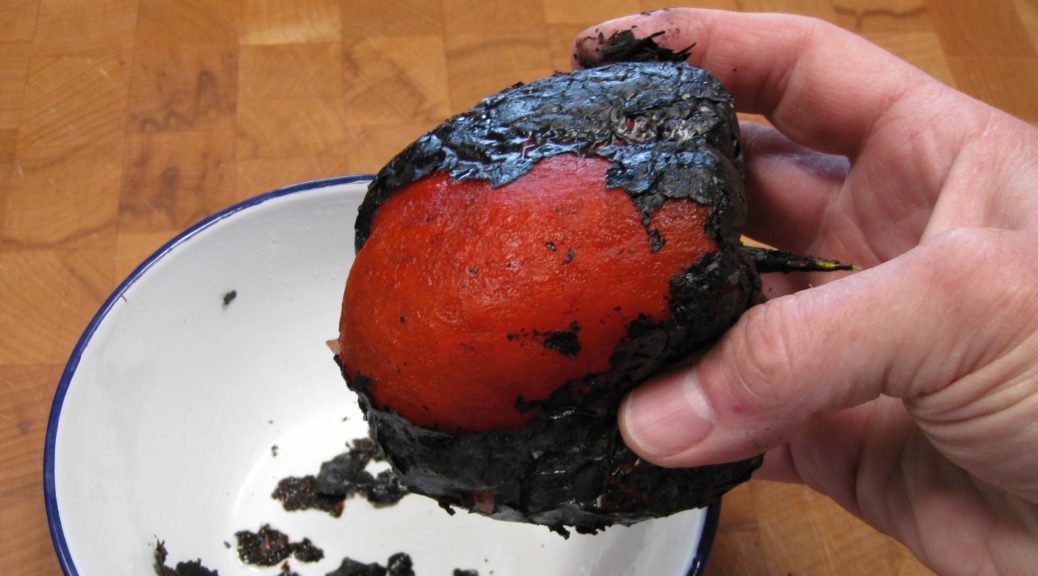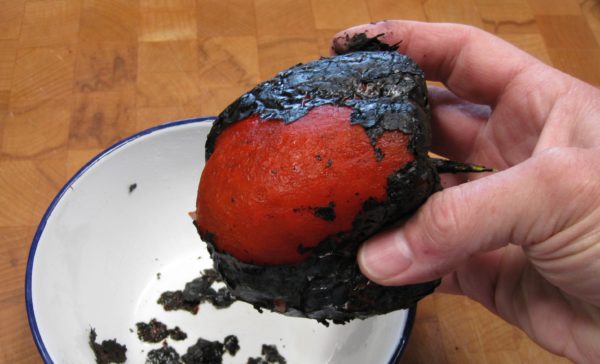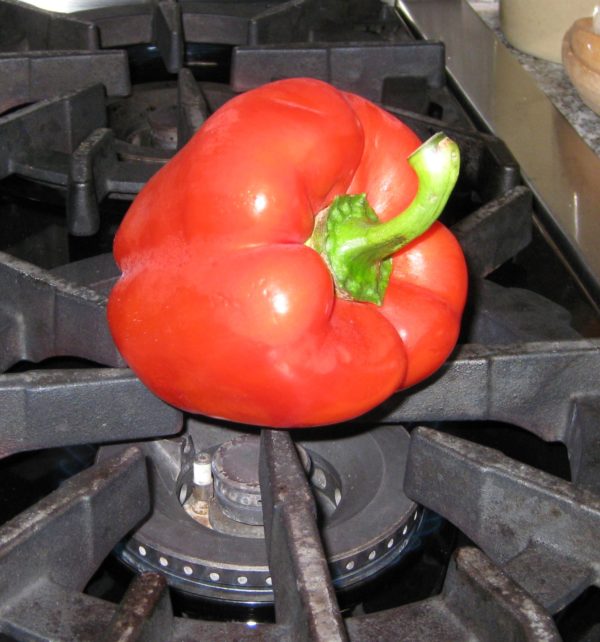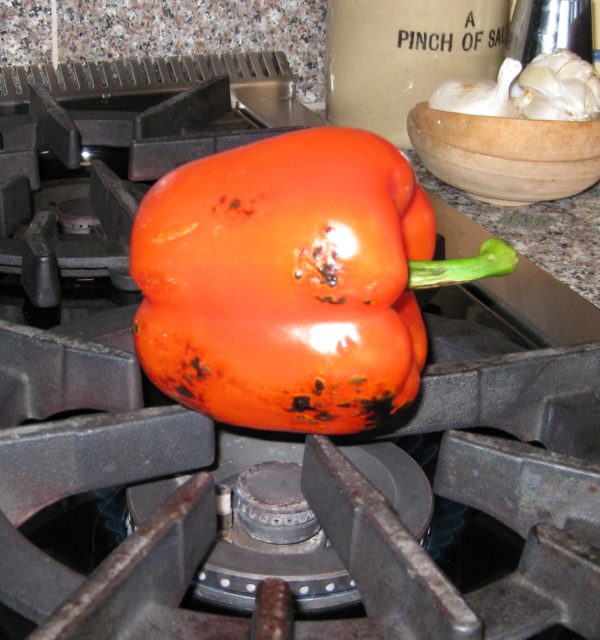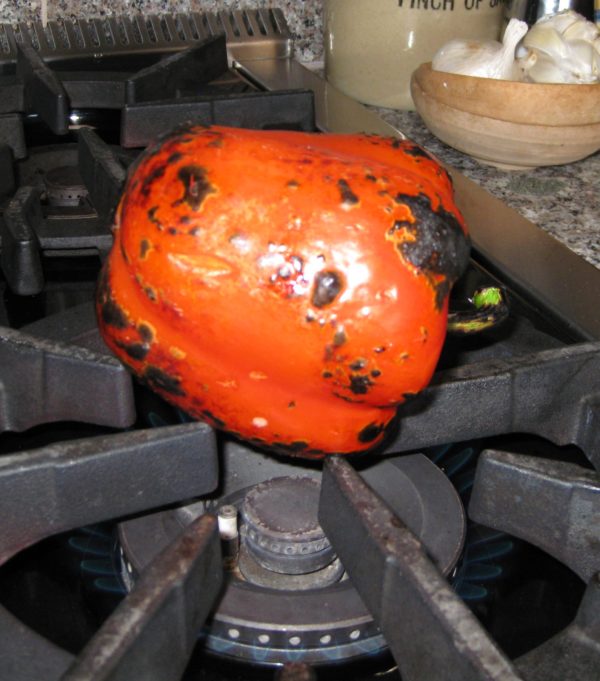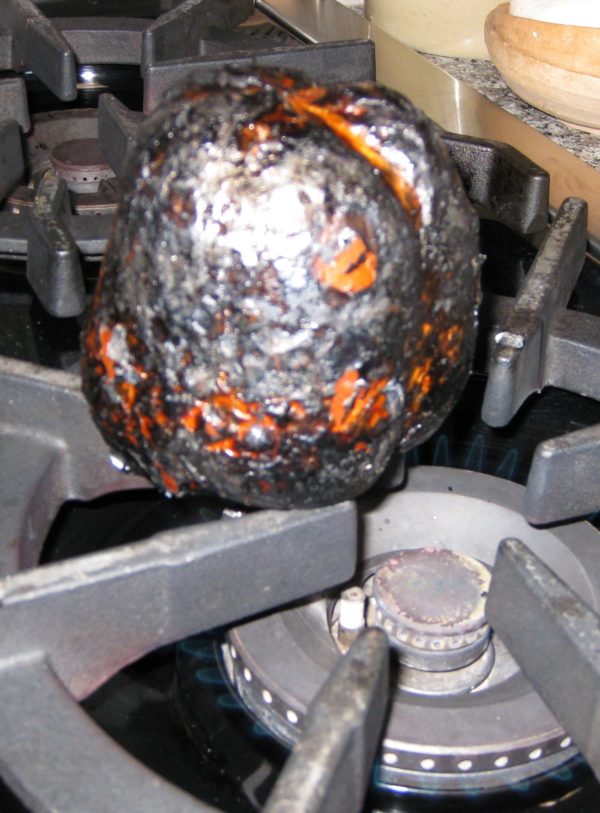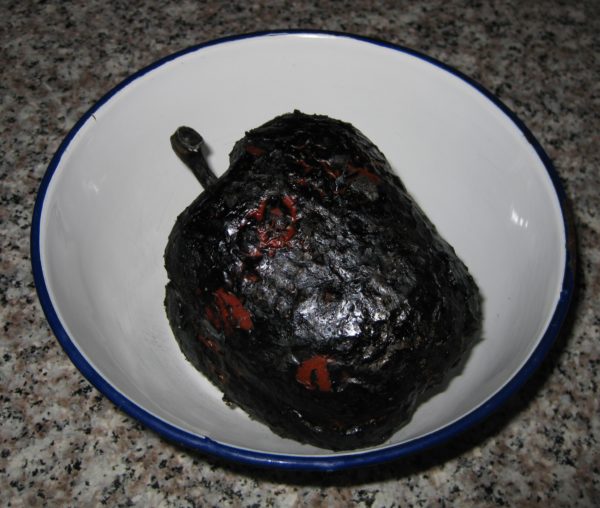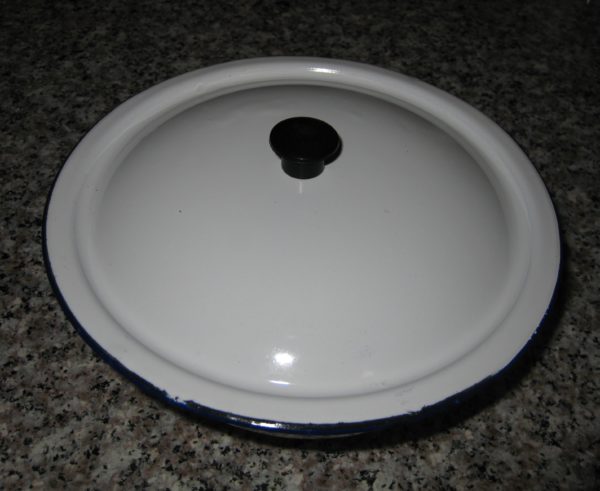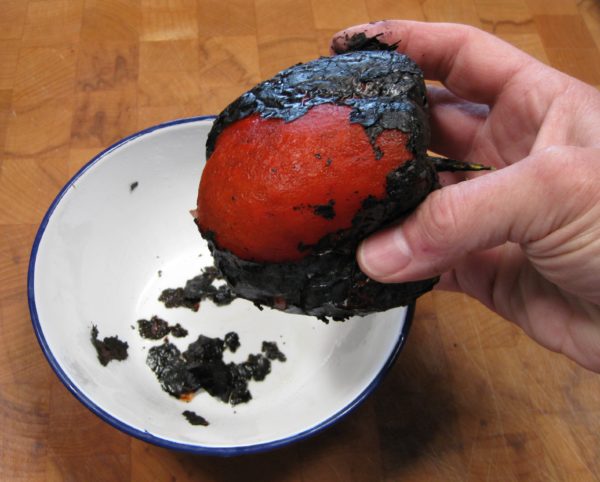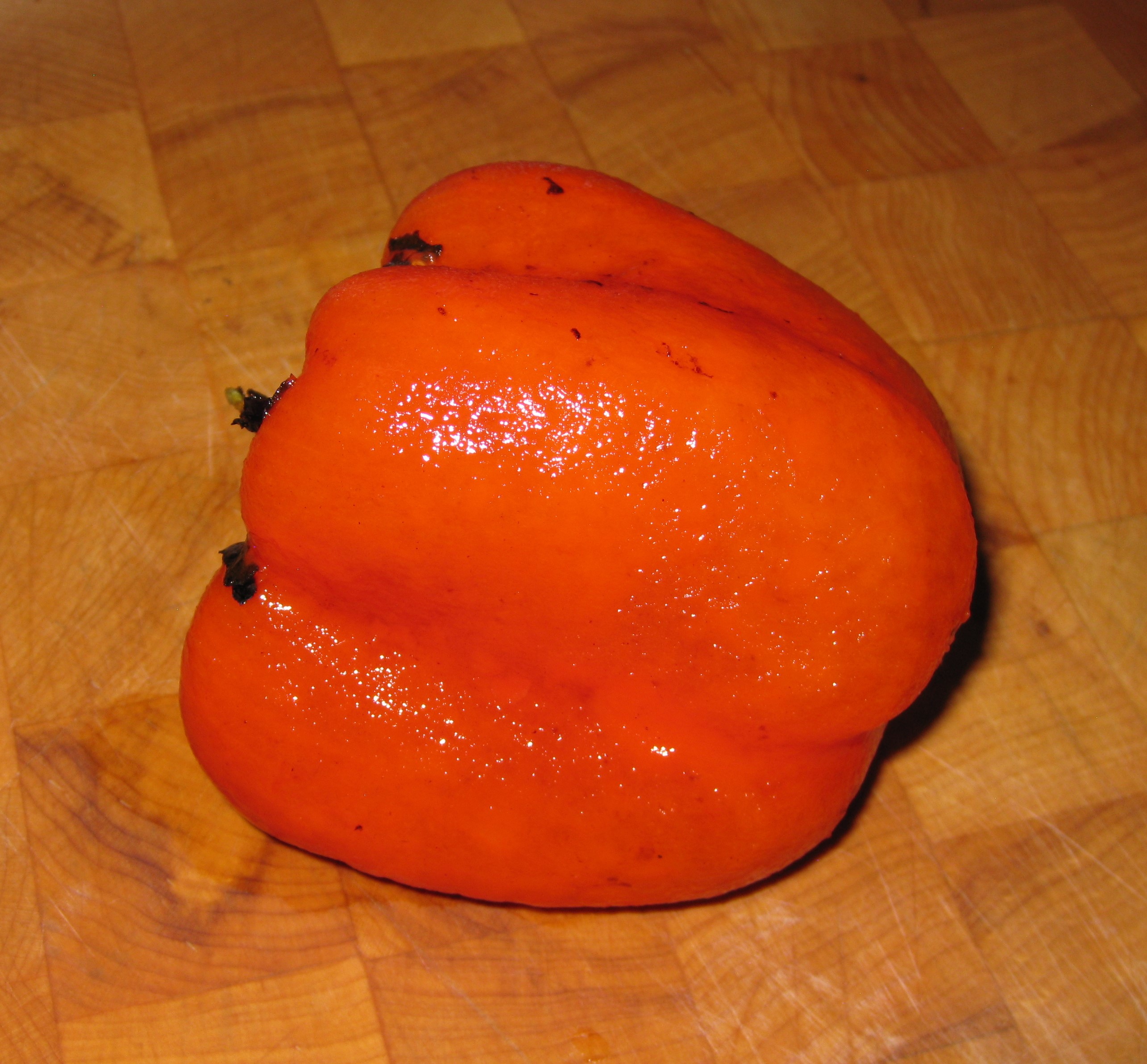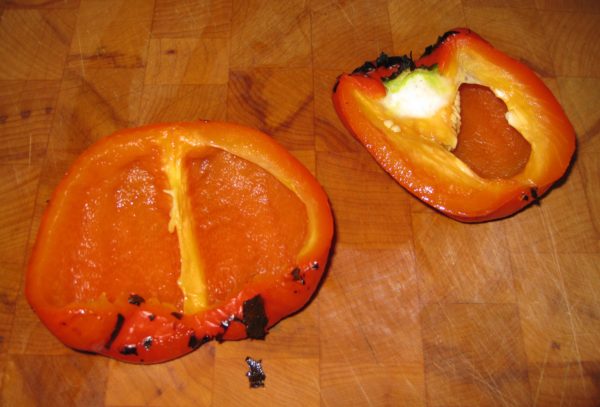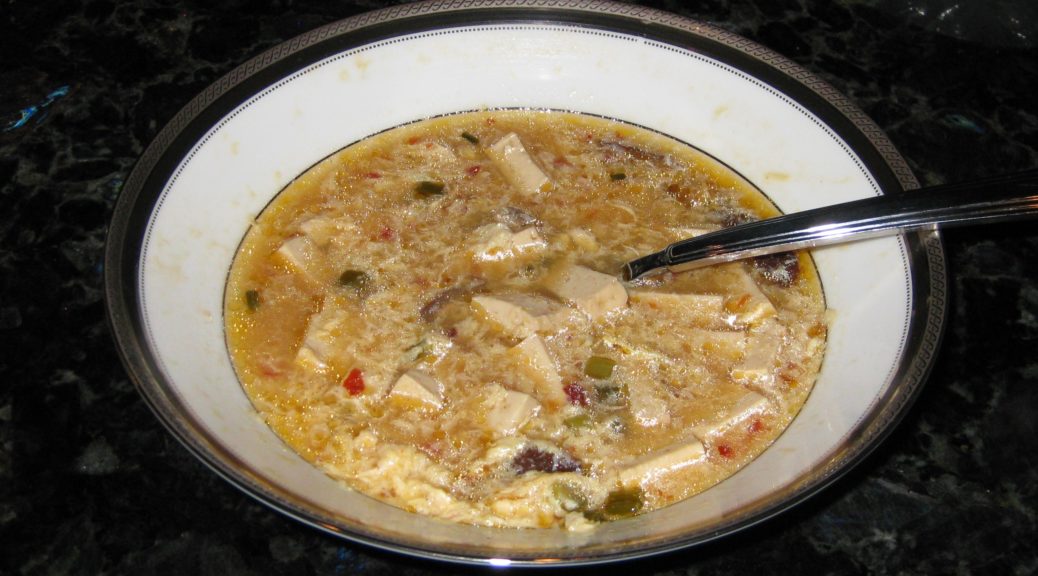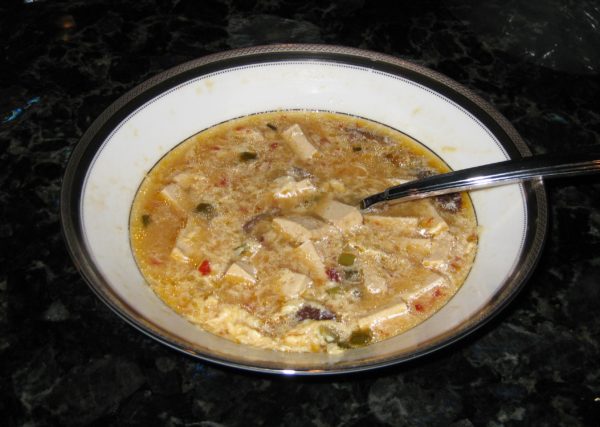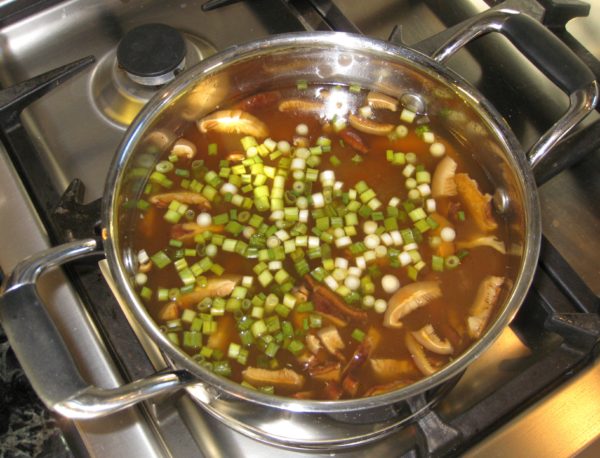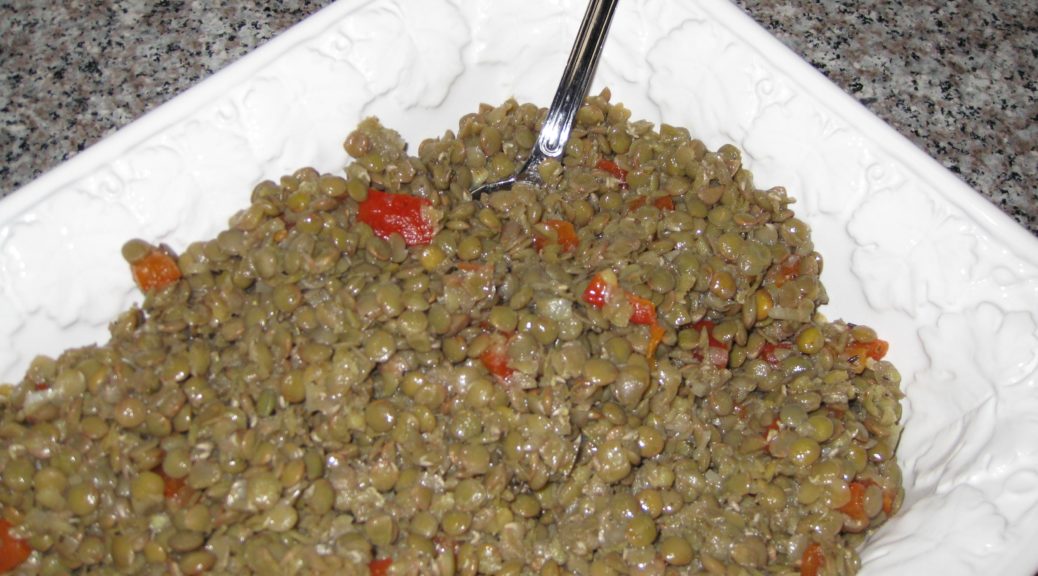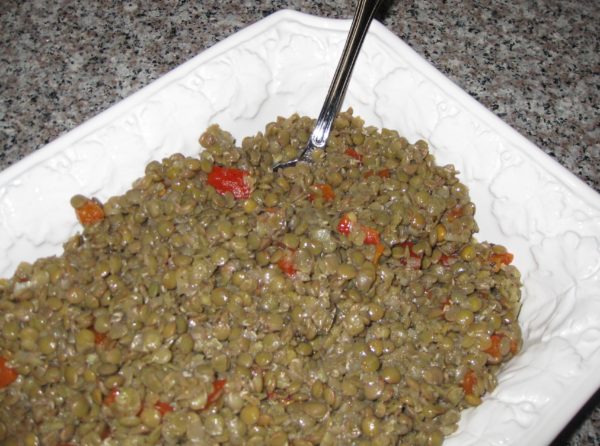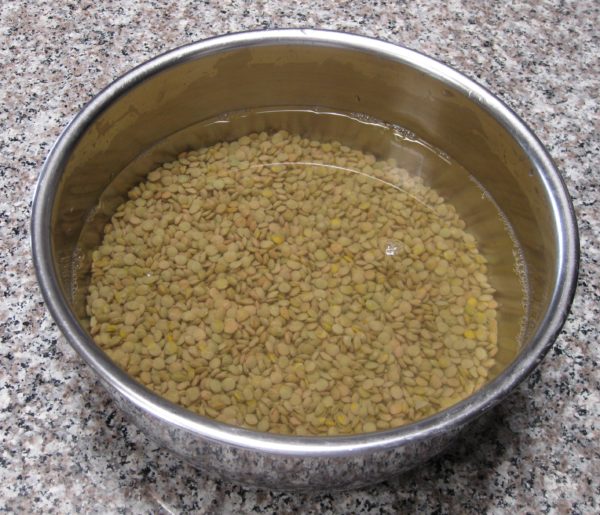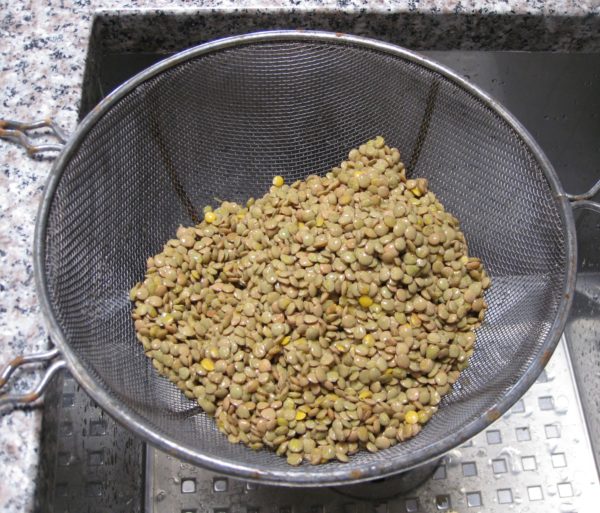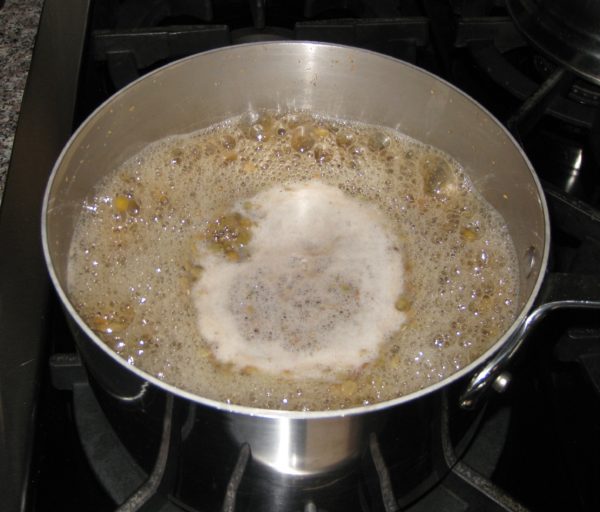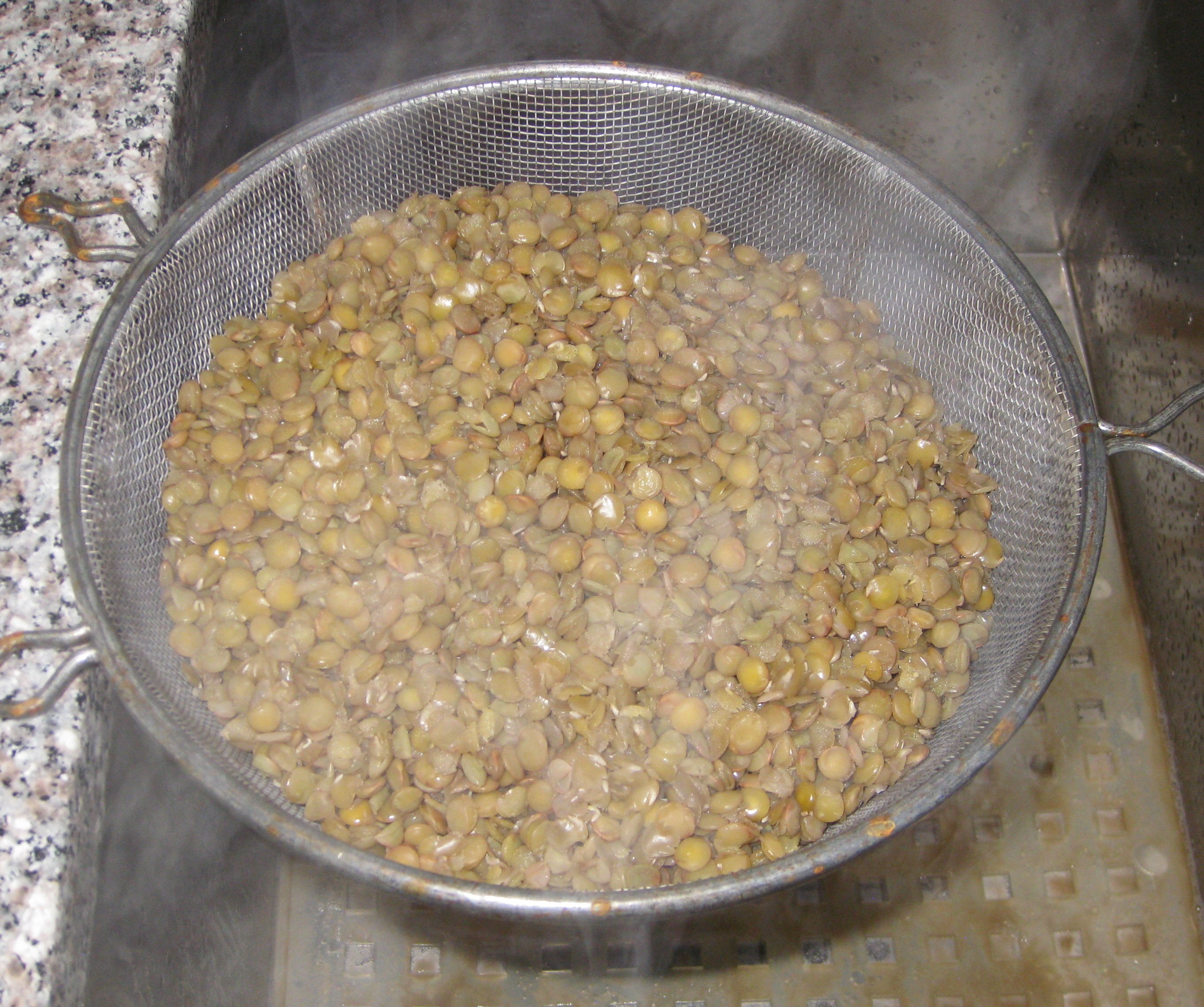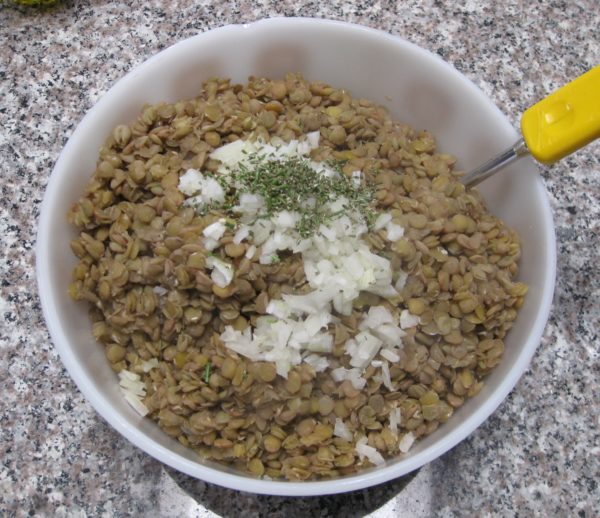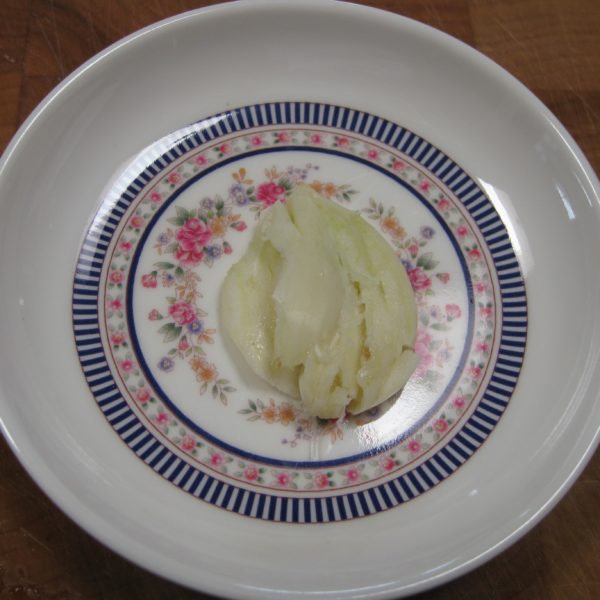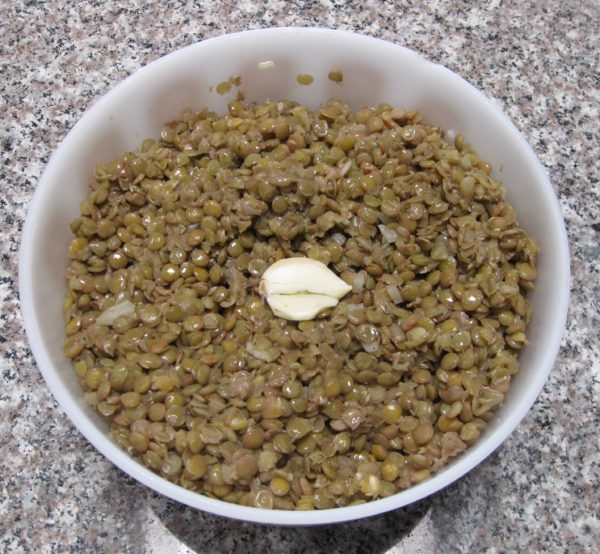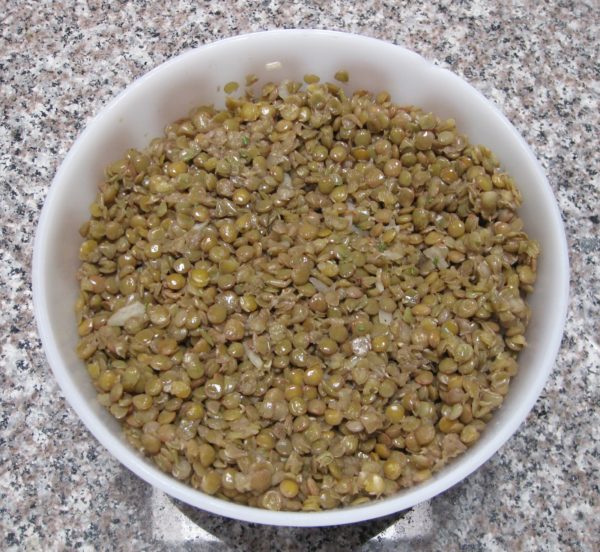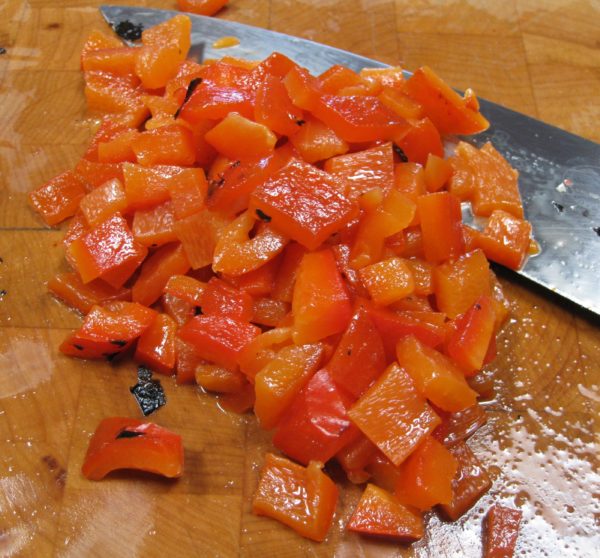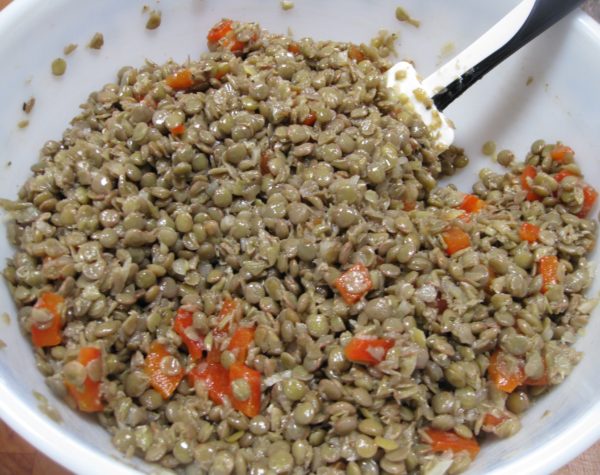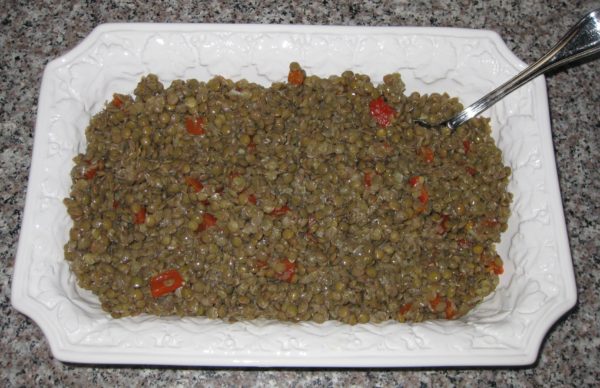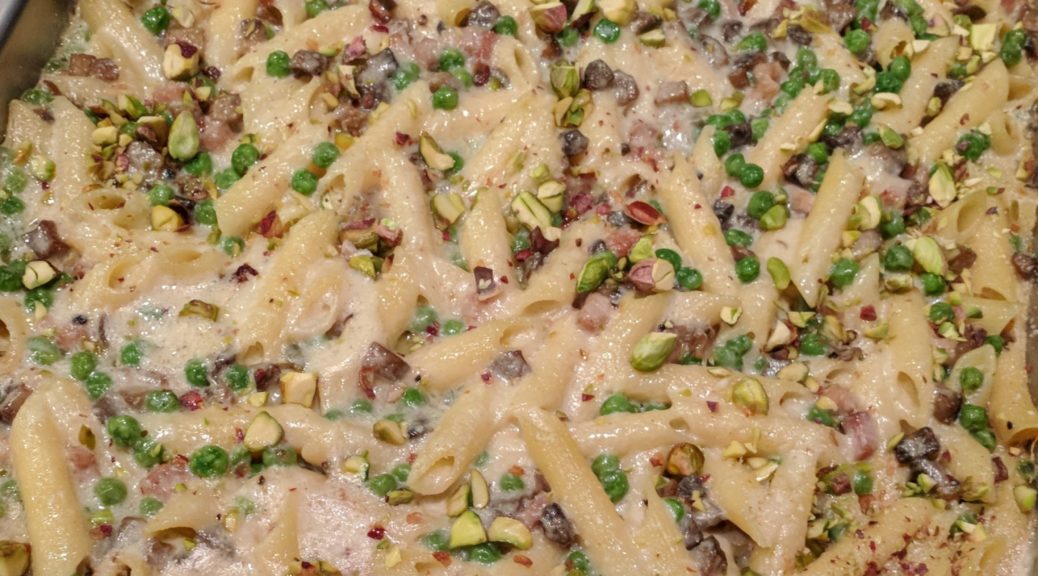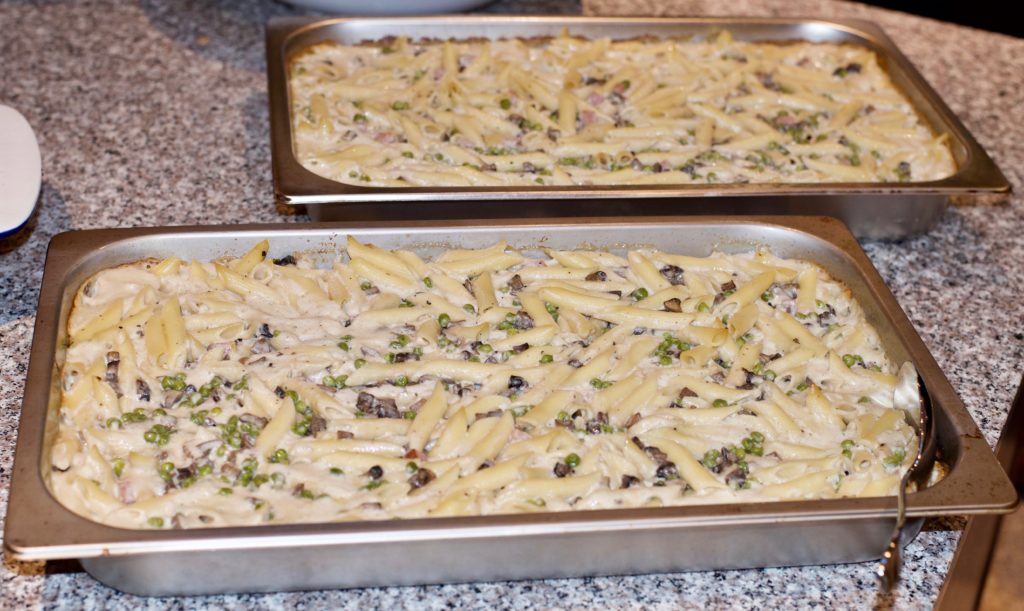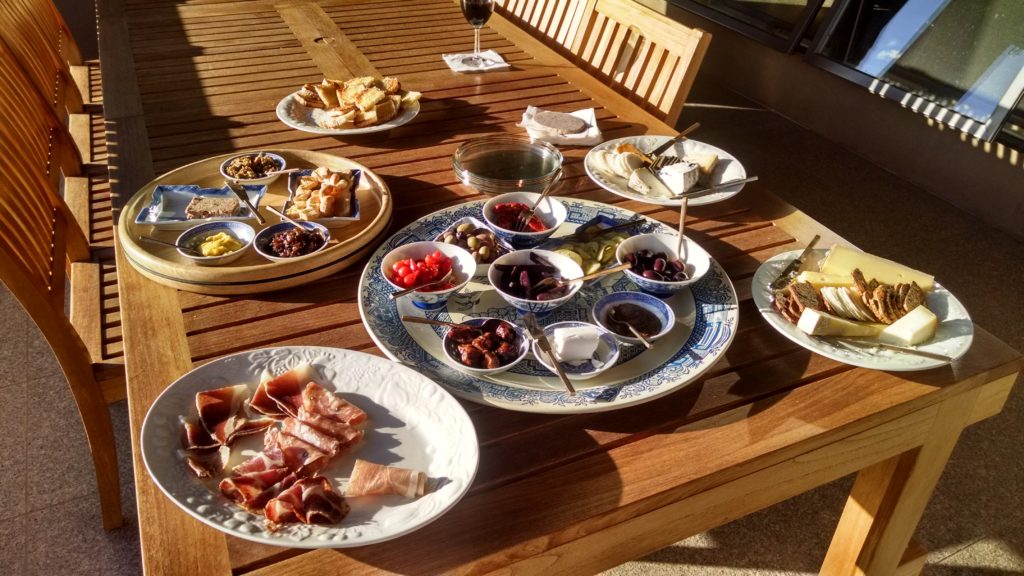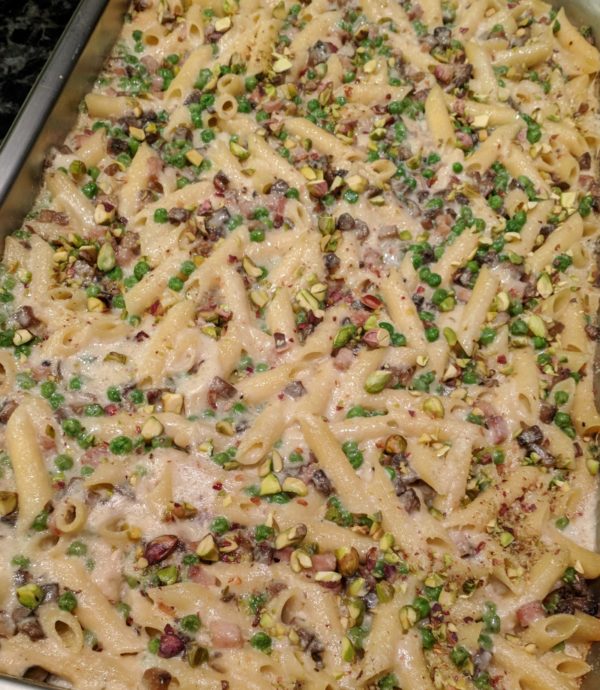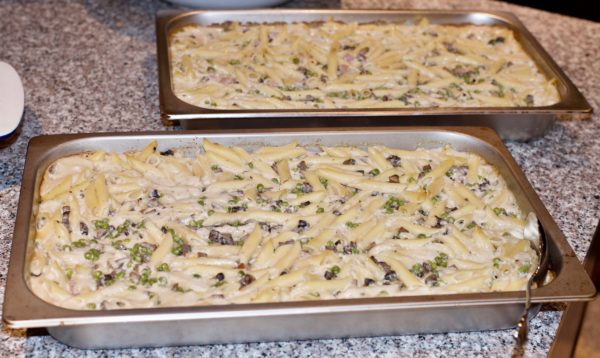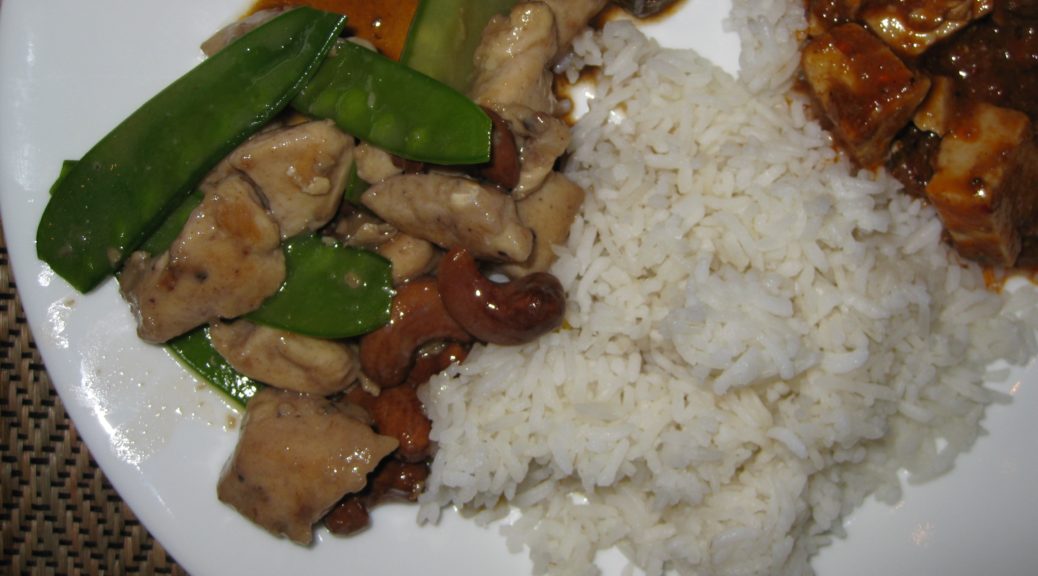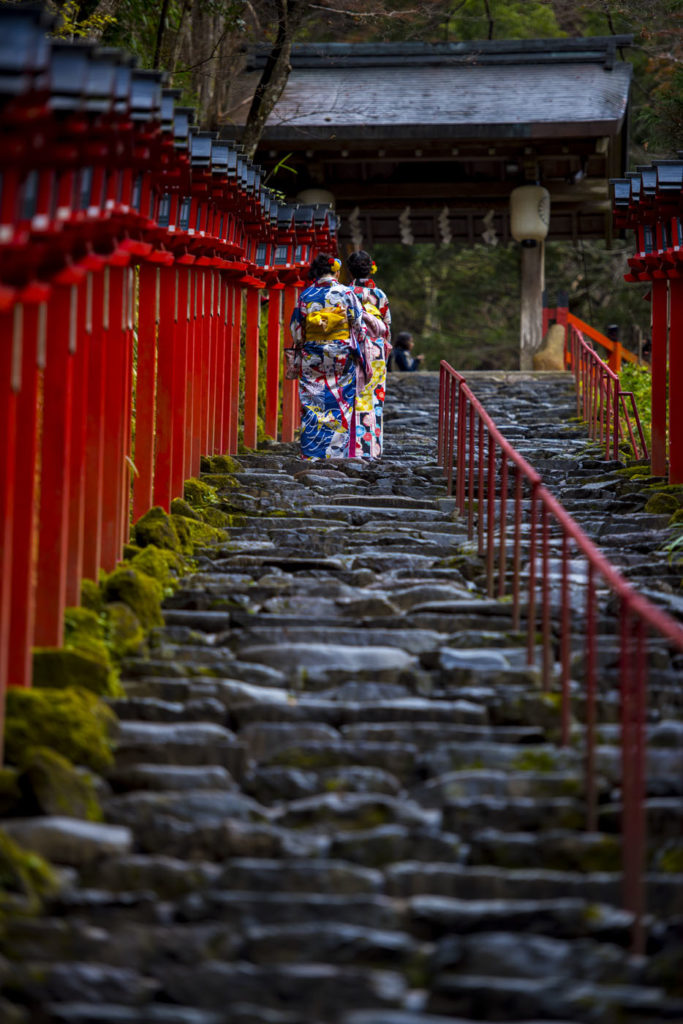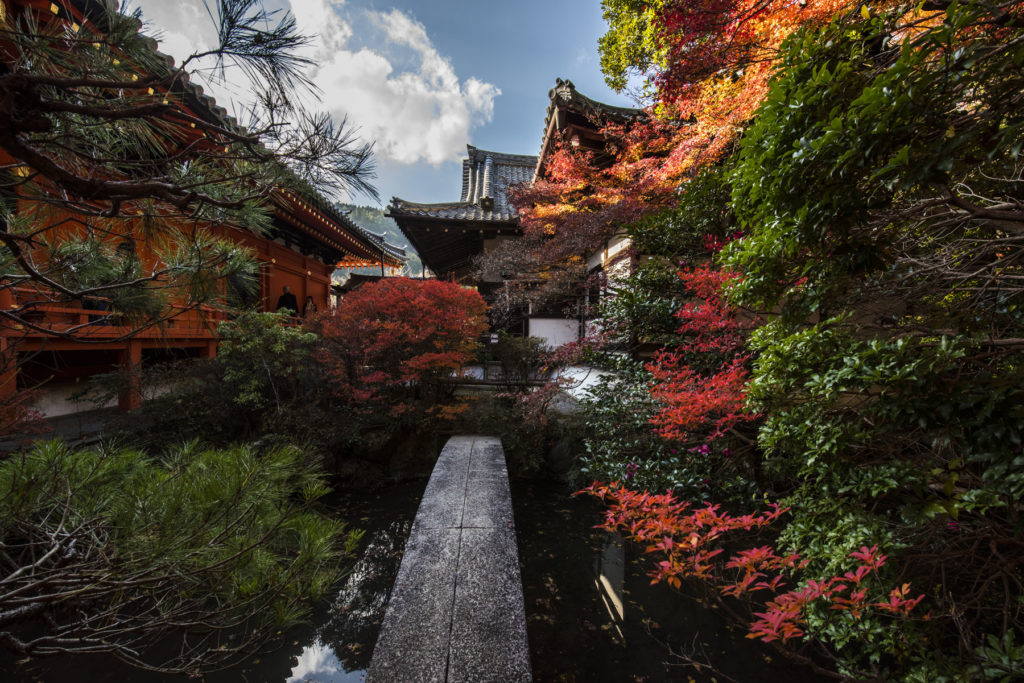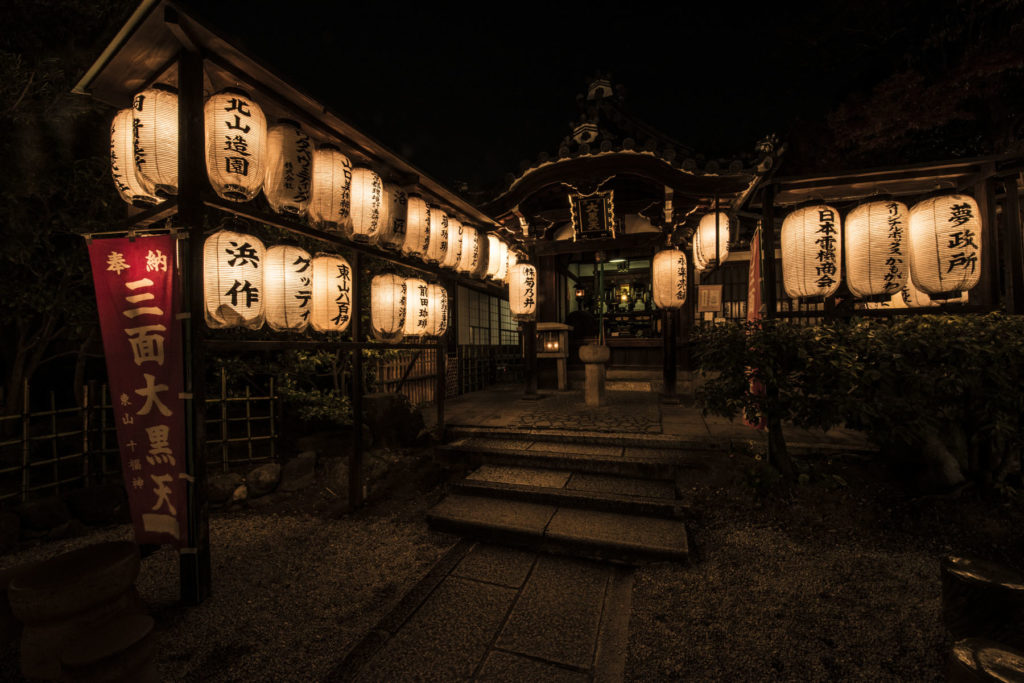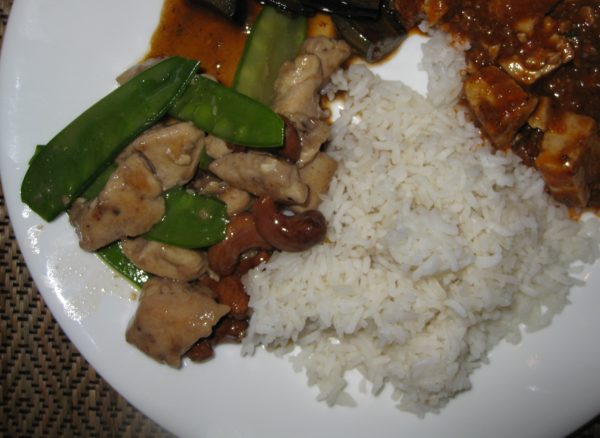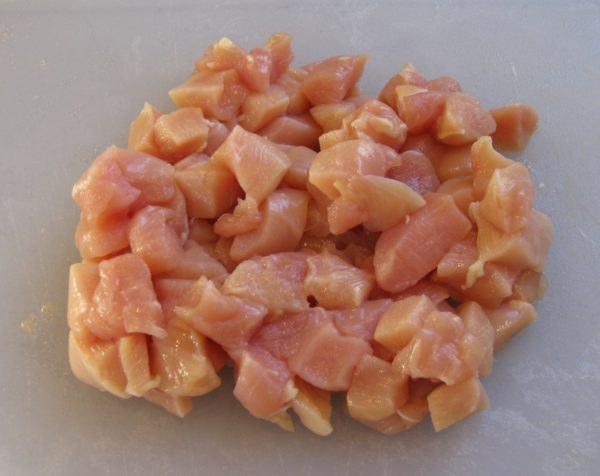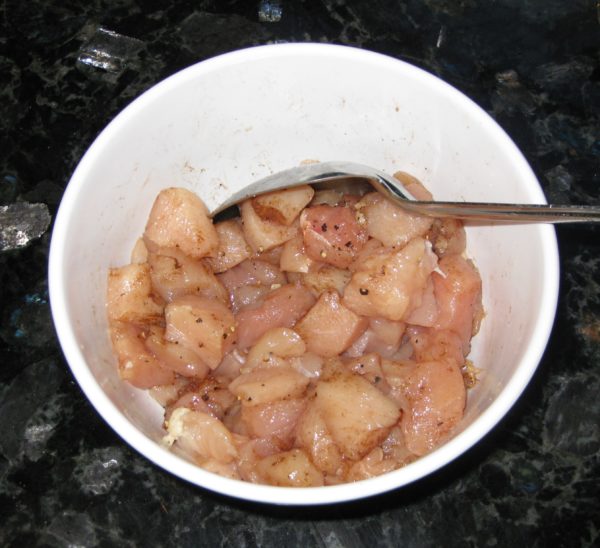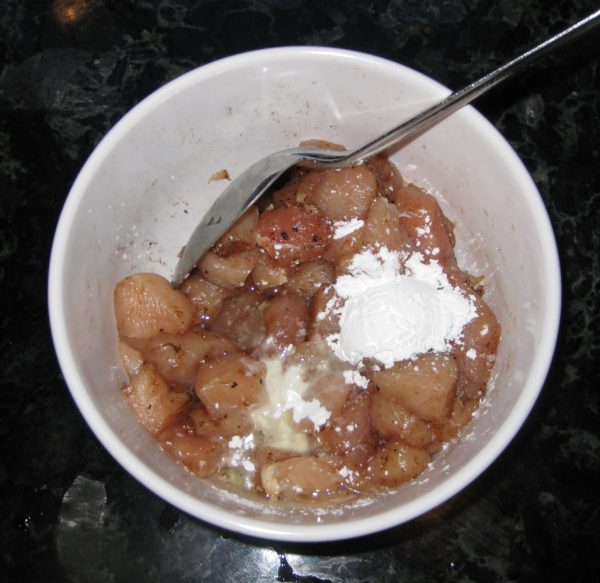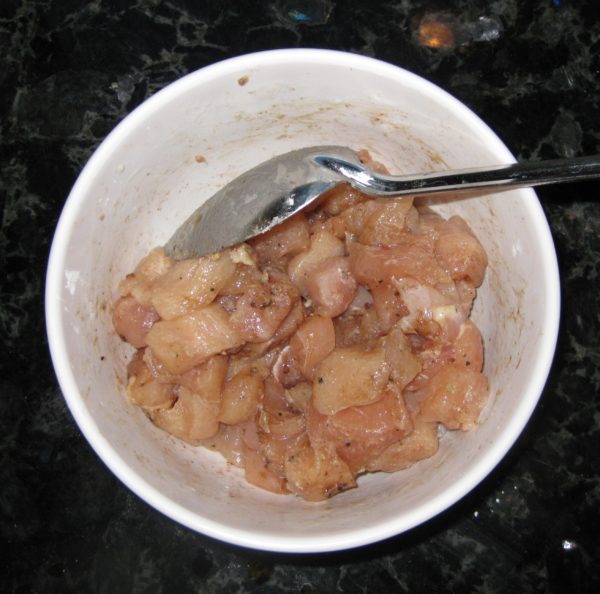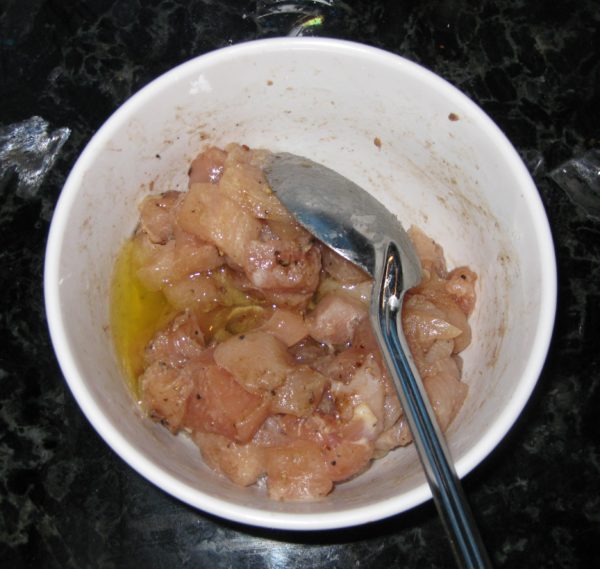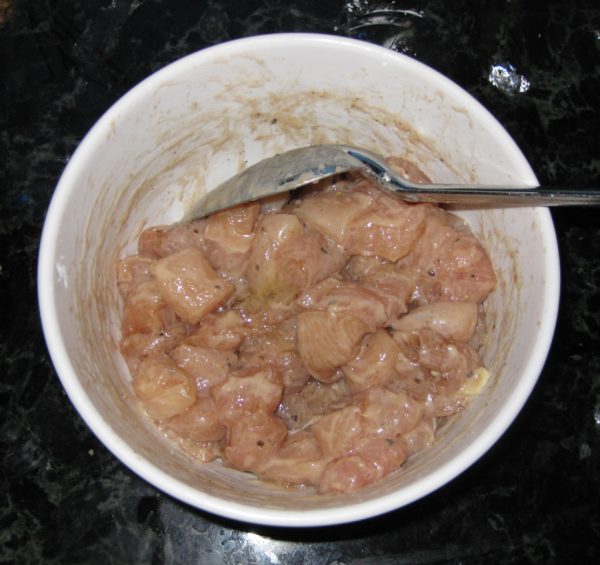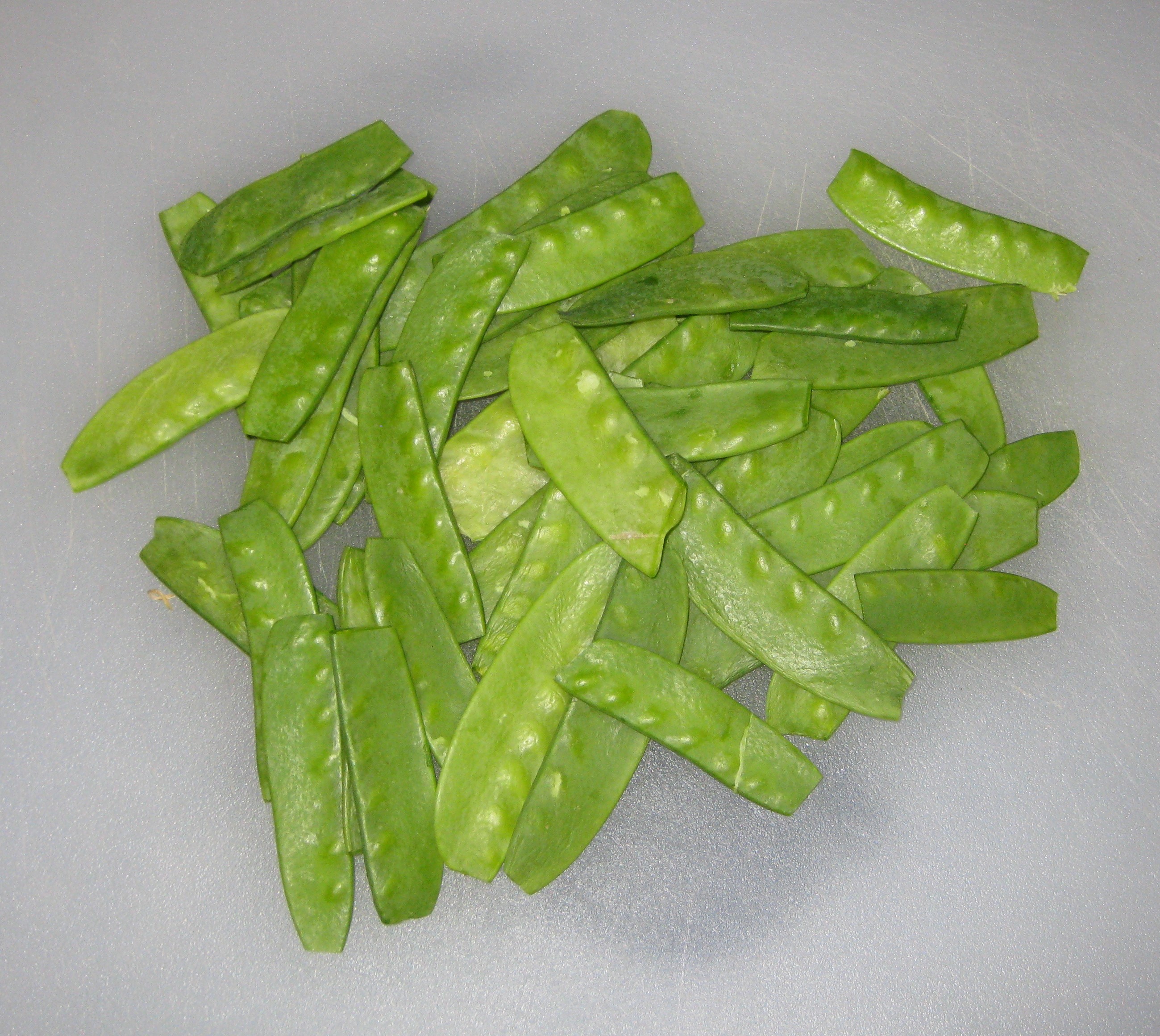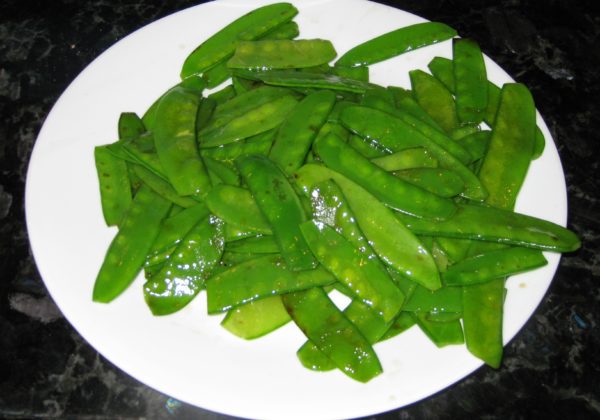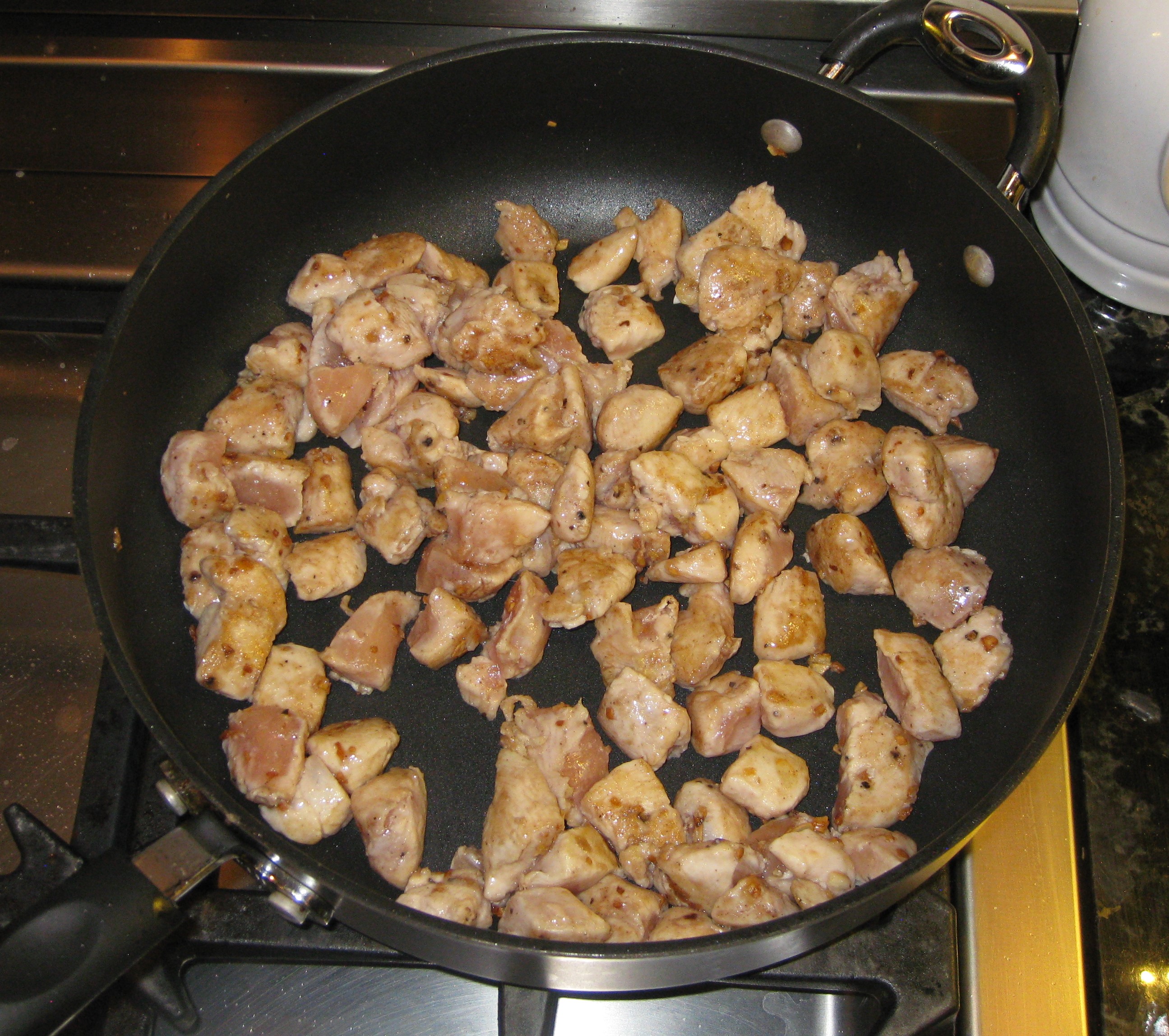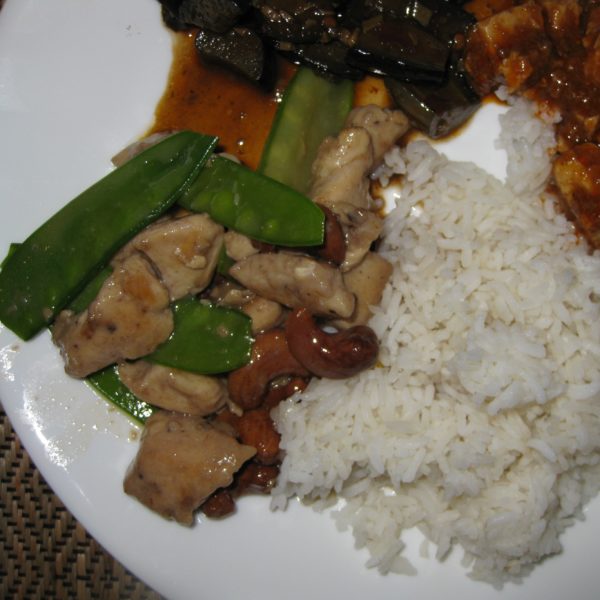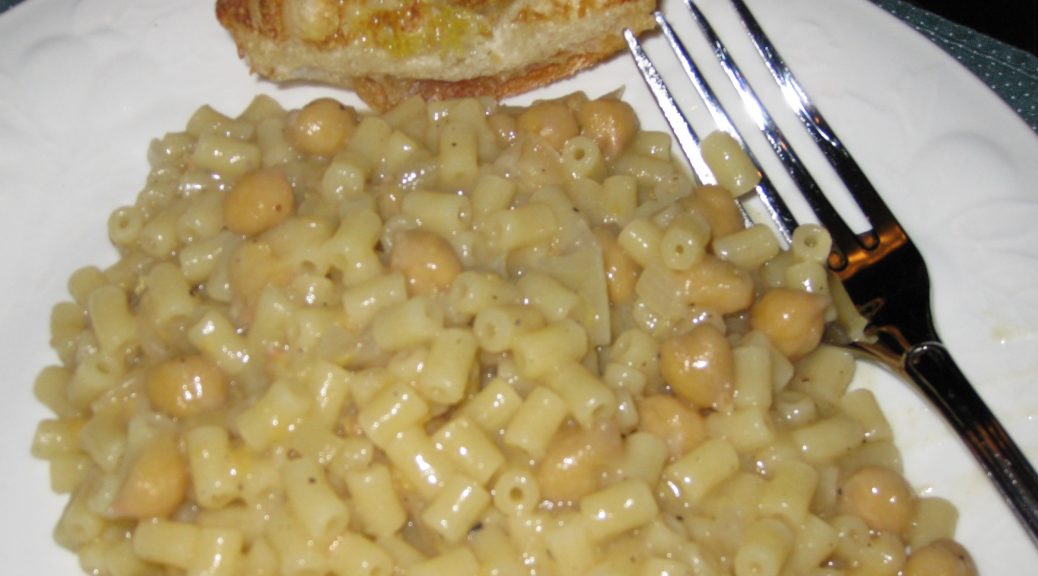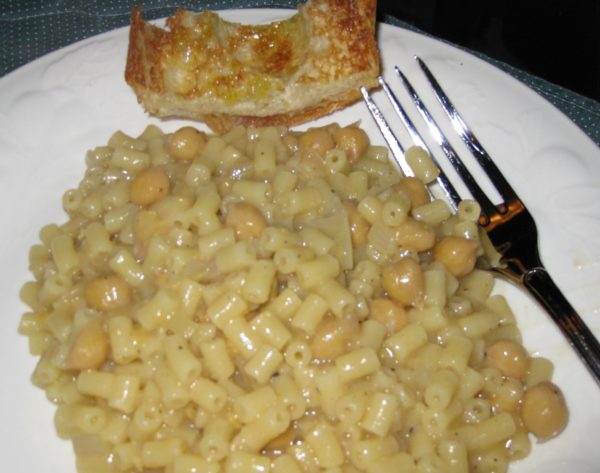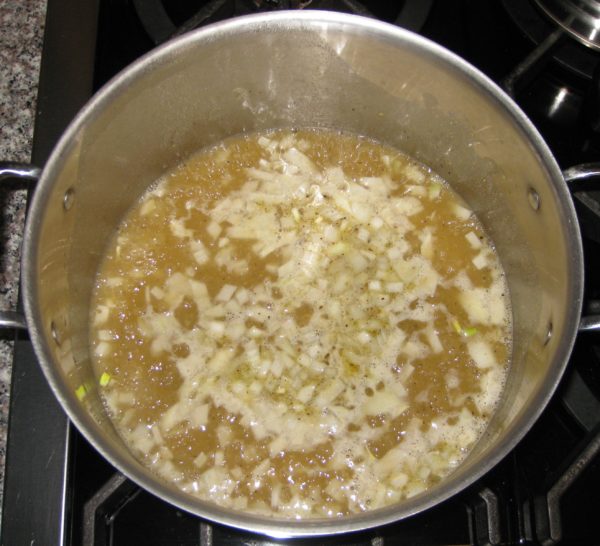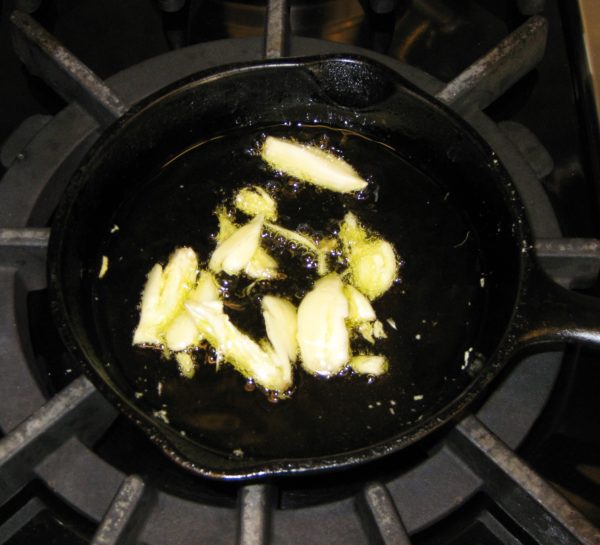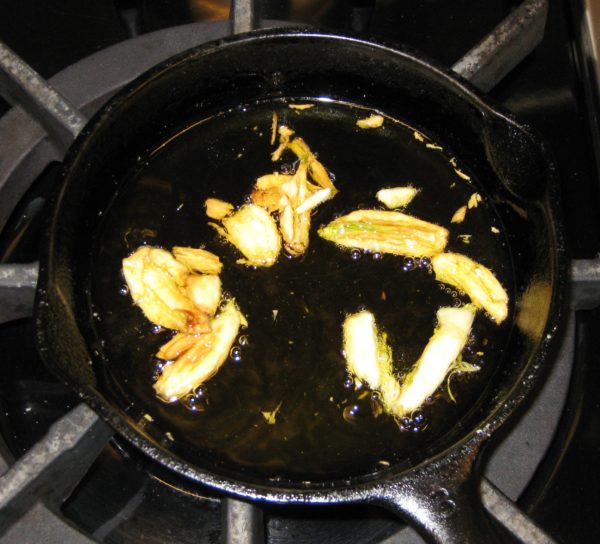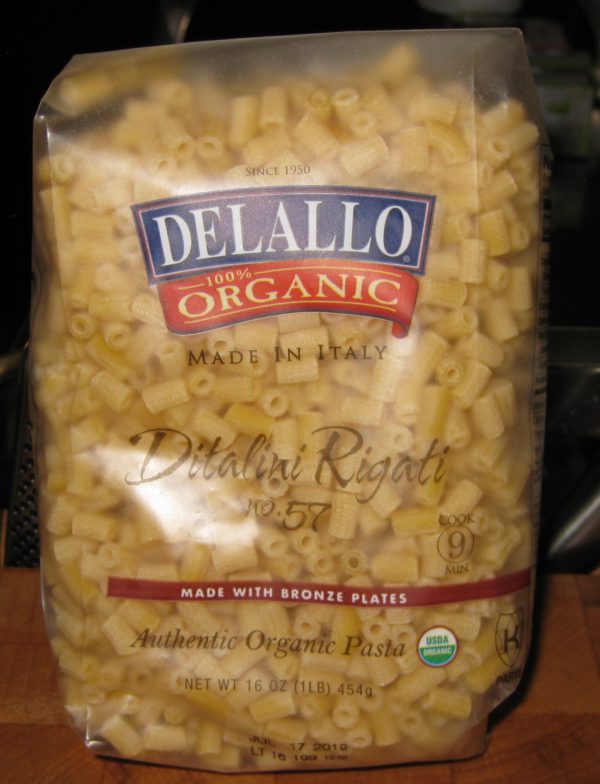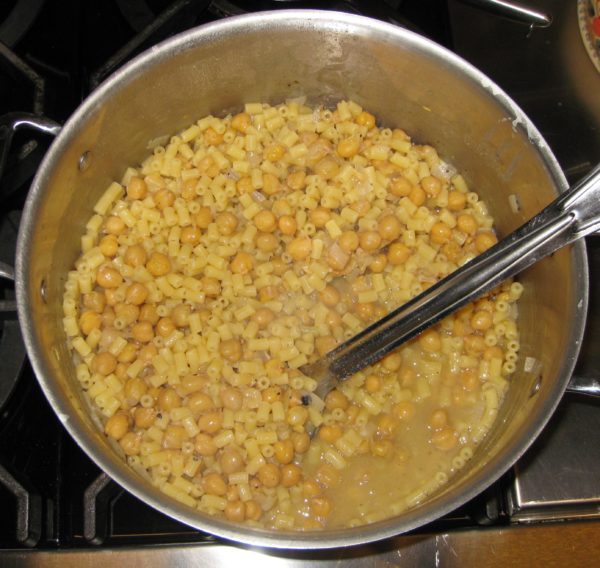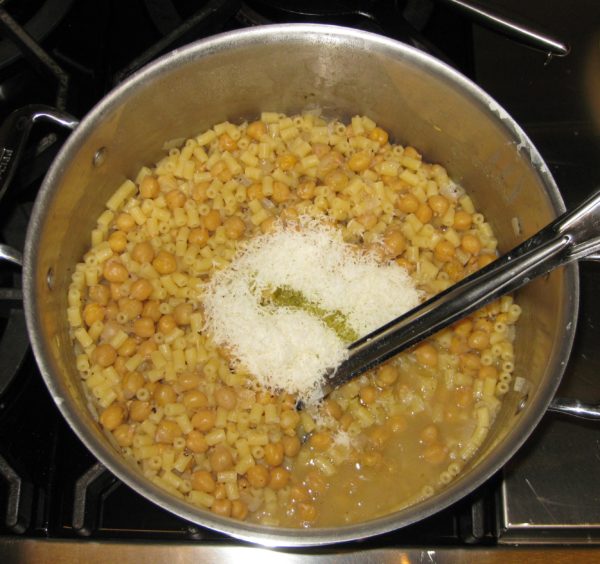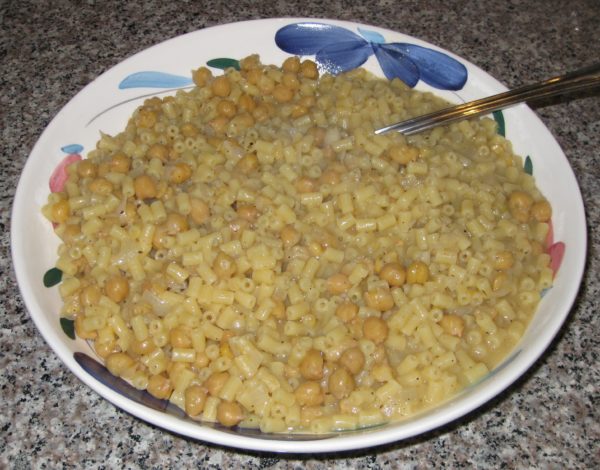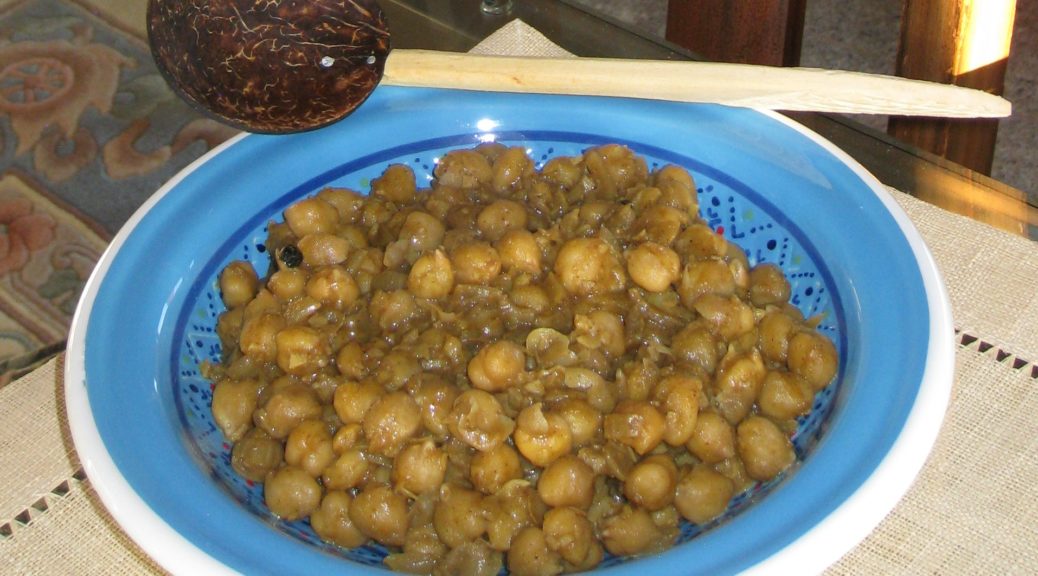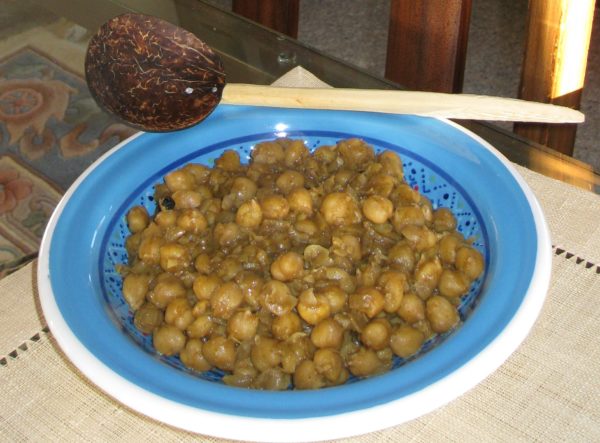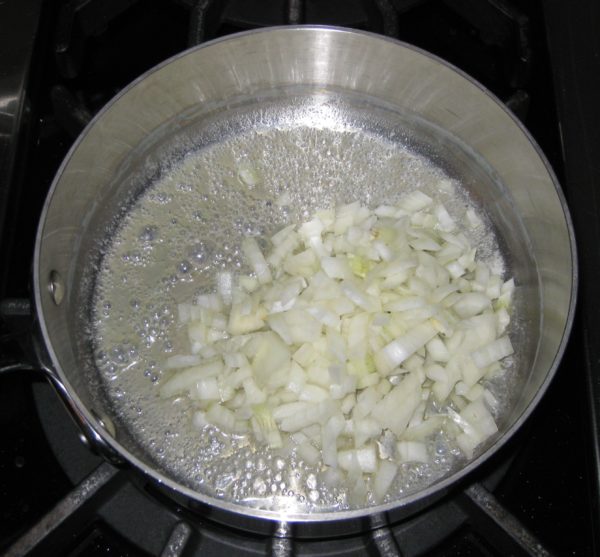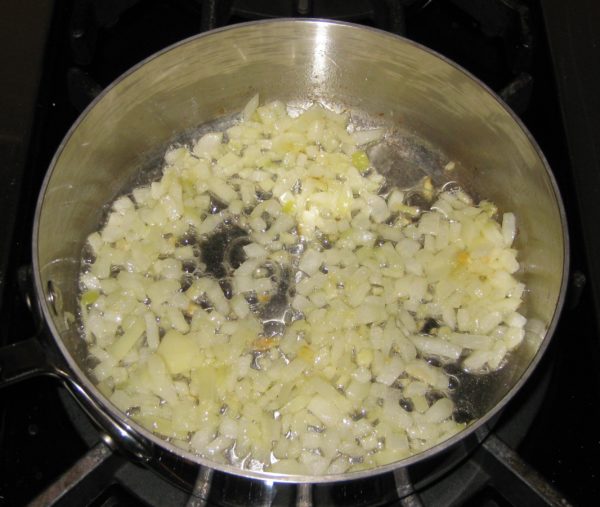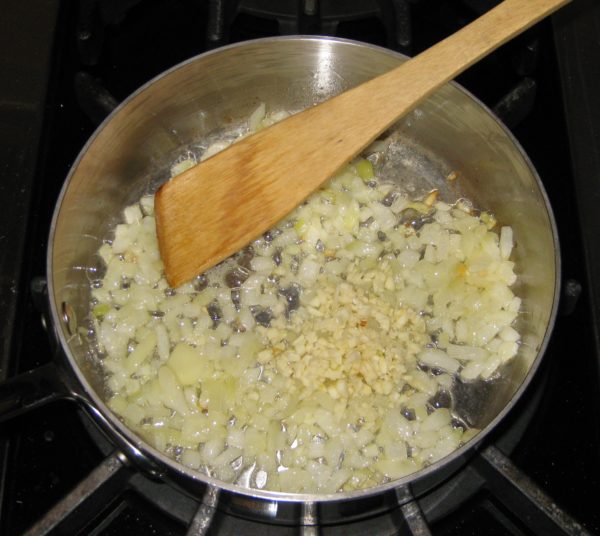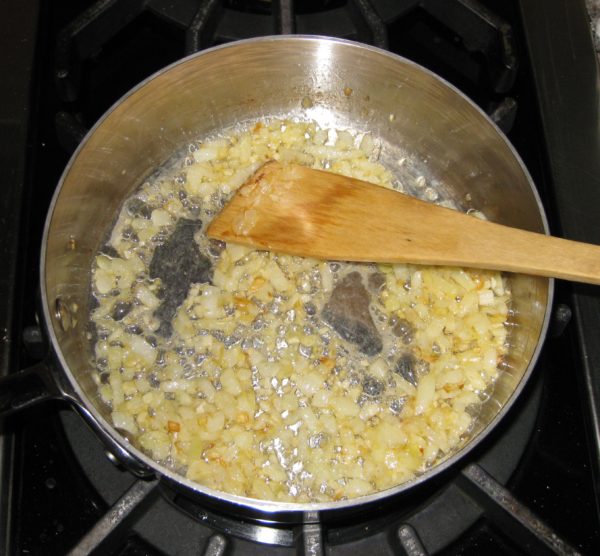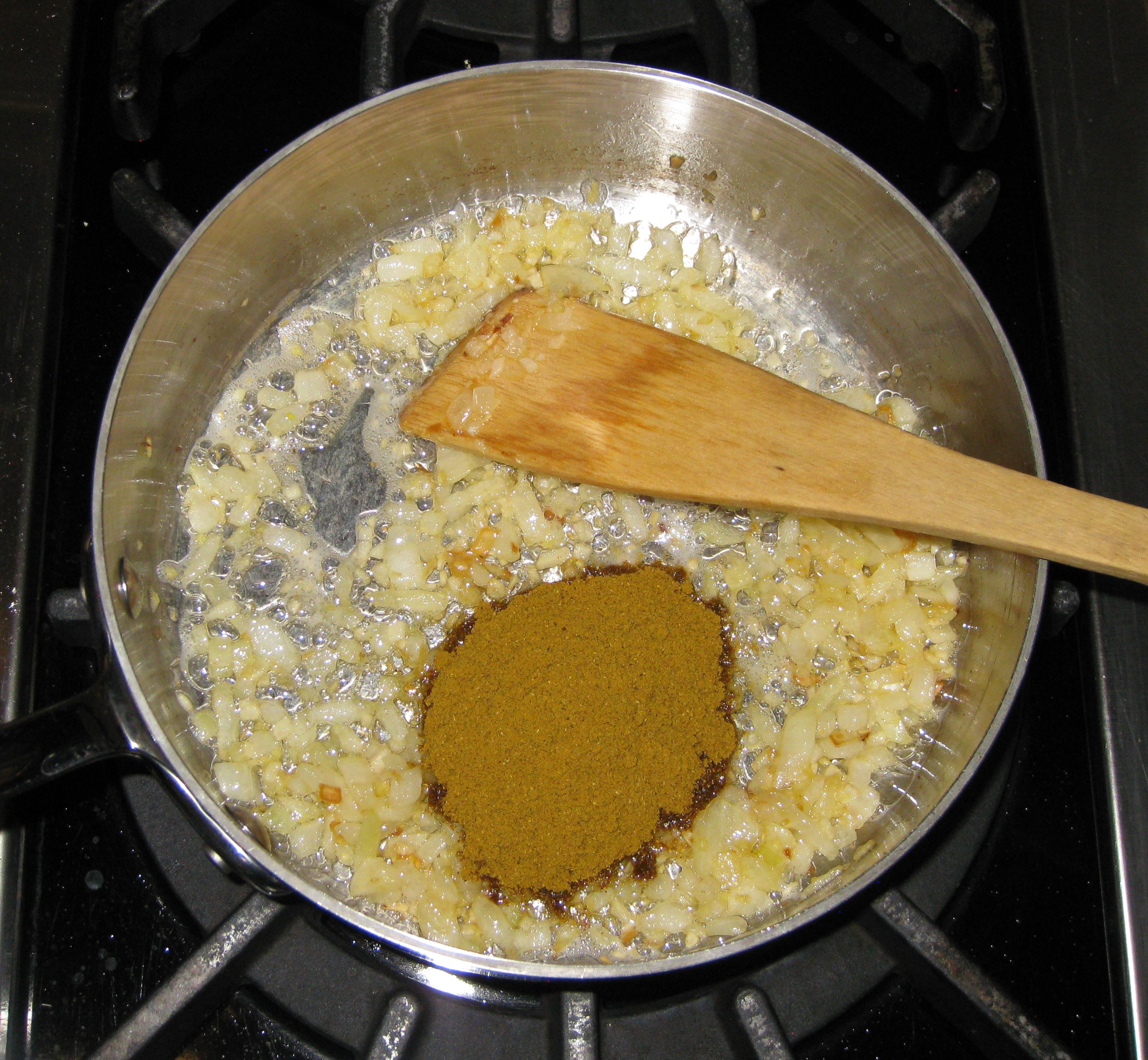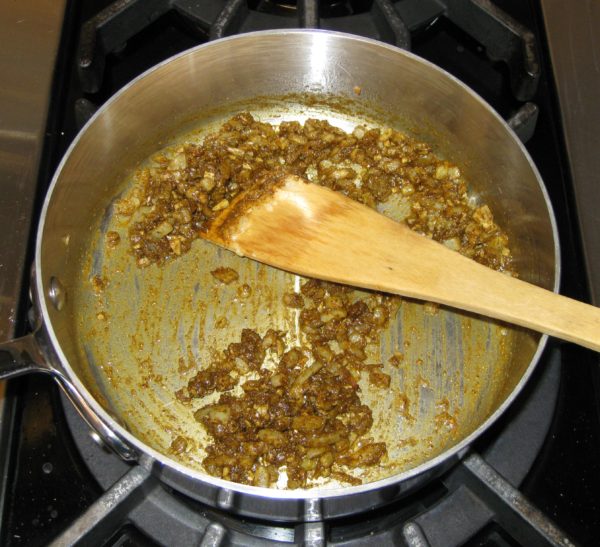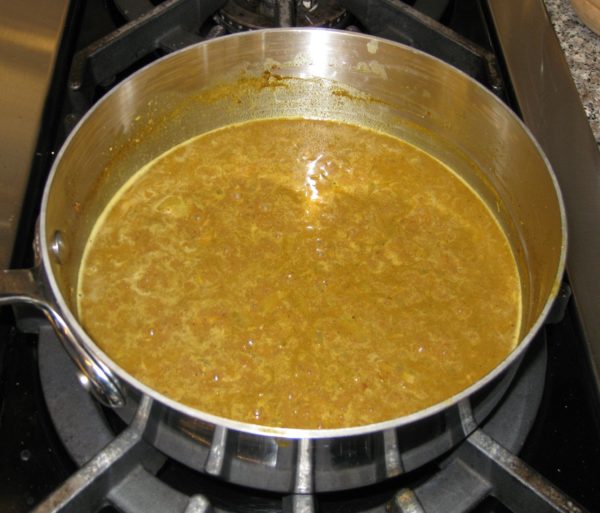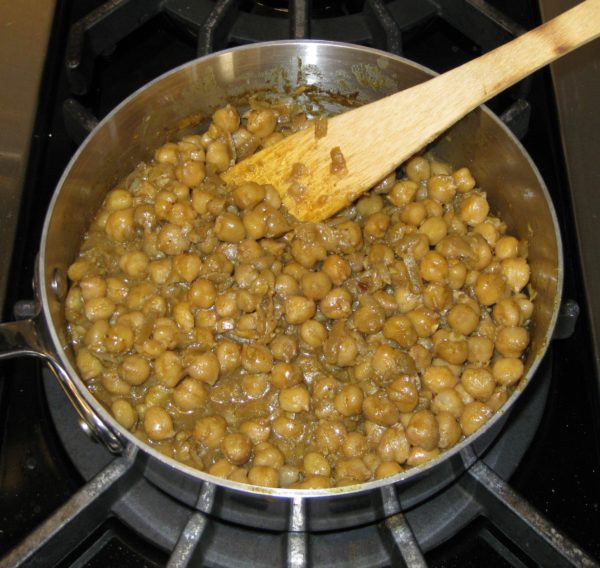June 11, 2018
Ma’s spaghetti sauce. That’s what my husband calls it.
That’s pretty similar to what most of us of Italian heritage who grew up in the United States called the sauce that our mothers (yes, it was almost always the mothers) made most frequently.
It isn’t as if there aren’t more pasta sauces than one can count. It’s just that for everyone I know of Italian heritage, there’s one that stands out above the rest.
For my husband’s family, this is the one.
Join our mailing list and you’ll never miss a recipe again!
It’s actually quite similar to Ivana’s sauce. Ivana is married to my mother-in-law’s cousin Olvino. Ivana grew up in Friuli but in a different town. There are subtle differences in her sauce and my mother-in-law’s sauce, but if you read both recipes you’ll certainly see the similarities.
My mother-in-law doesn’t remember when she learned to make this sauce, or even if she learned from her mother or her aunt. She does remember, however, that her father asked her how she could get married (she was engaged to my father-in-law) without knowing how to cook.

She got married, ultimately learned to cook, and then headed up the kitchen in Castleview, the restaurant that she and my father-in-law owned in Fox River Grove, Illinois. The restaurant was named Castleview because it had a view of an adjacent…you guessed it…castle…well, sort of a castle. For more information on the castle, you can look here.

By the time I came on the scene, it was difficult to catch more than a glimpse of the castle from the restaurant due to the growth of trees and other vegetation.

My mother-in-law thought my version of her sauce was “pretty good.” She did note that it was thicker than hers; probably because I cook it longer but also potentially due to a different brand of tomatoes. If you want it thinner, cook it less or (my preference) just add more water or put a splash of pasta-cooking water in the bowl with the pasta and the sauce. (Just between you and me, when I’m putting dinner on the table using my mother-in-law’s sauce, I usually boil it down a bit because it seems a little thin to me!)
Follow us on your social media platform of choice
In a few weeks I’ll be posting a recipe for Friulan Risotto that incorporates this sauce. Stay tuned.
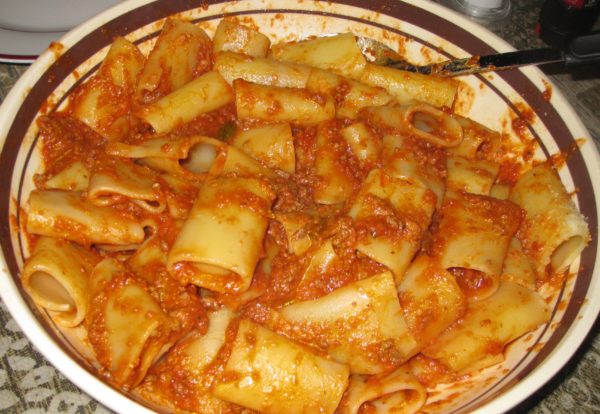
| Prep Time | 20 minutes |
| Cook Time | 3 hours |
| Servings |
quarts
|
- 1 1/2 pounds ground beef 93% lean
- 1/4 cup olive oil
- 1 1/4 cups parsley leaves and tender stems lightly packed
- 2 small carrots coarsely chopped
- 2-3 ribs celery coarsely chopped
- 1 medium onion coarsely chopped
- 4-5 cloves garlic coarsely chopped
- 1/2 cup dry red wine
- 1 x 6 ounce can tomato paste
- 2 x 28 ounce cans crushed tomatoes
- 1/2 teaspoon allspice or to taste, preferably freshly ground
- 1/3 teaspoon nutmeg or to taste, preferably freshly grated
- 3 inches stick cinnamon
- 5-6 cups water
- 1 bay leaf preferably fresh
- 1/2 teaspoon dry oregano
- 1/4 cup fresh basil leaves coarsely chopped or 1 teaspoon dry basil
- 1 tablespoon salt plus more to taste
- 1 teaspoon black pepper freshly ground, plus more to taste
Ingredients
|

|
- Finely chop the parsley, carrots, celery, onion, and garlic in food processor.
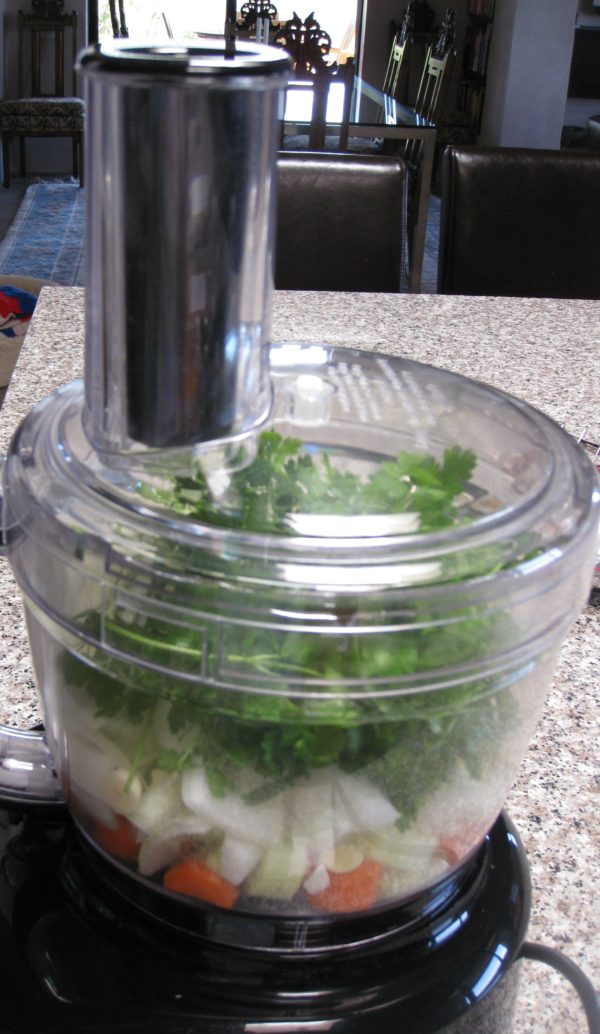
- There should be a bit of texture to the mixture, not a puree. Reserve.
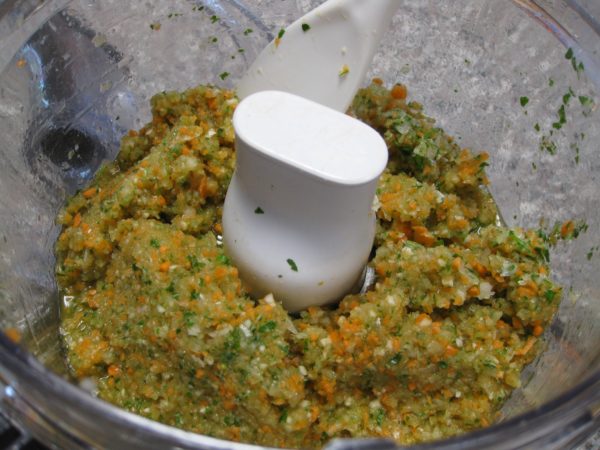
- Puree the crushed tomatoes in the food processor.
- Rinse the cans out with some of the water. Add the water to the pureed tomatoes. Reserve.
- Sauté the beef in the olive oil on high heat until no pink remains.
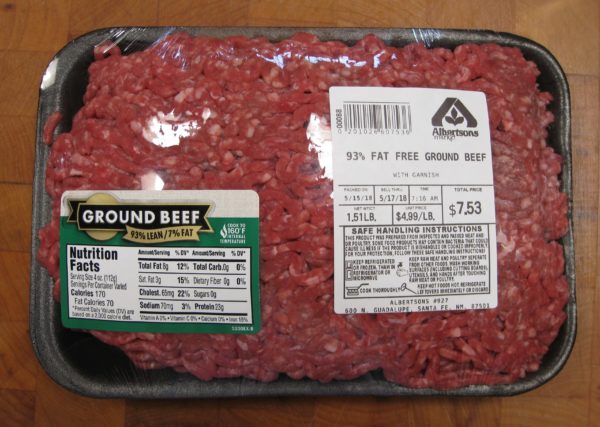
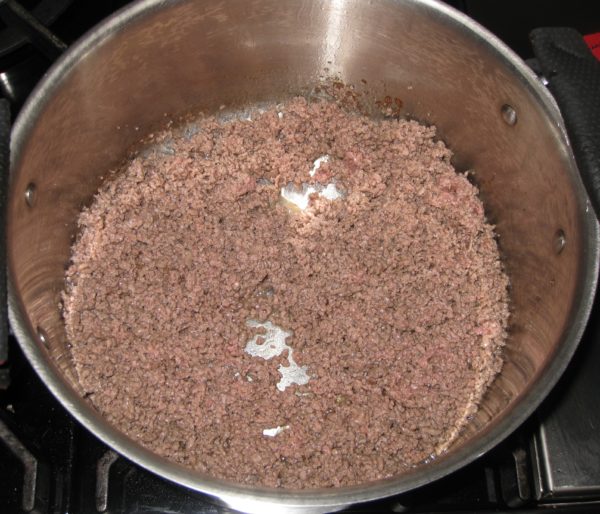
- Add the chopped vegetables.
- Sauté on high heat until all the liquid evaporates and then continue to sauté until the mixture darkens slightly and smells cooked.
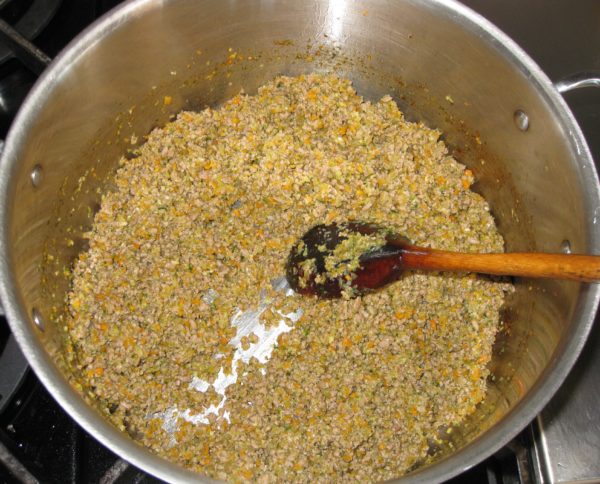
- Add the wine and continue to cook until the wine has evaporated.
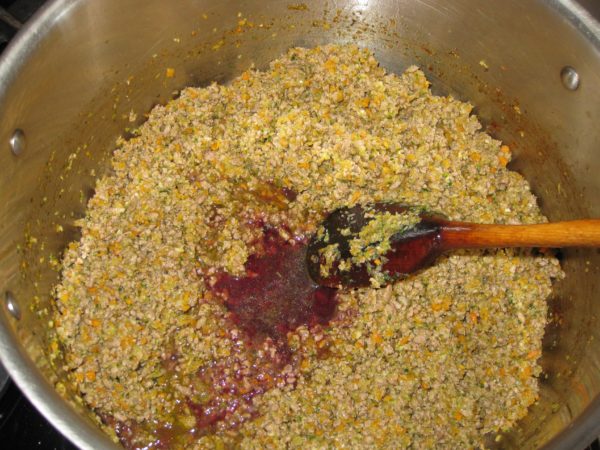
- Add the allspice, nutmeg, and cinnamon. Stir well.
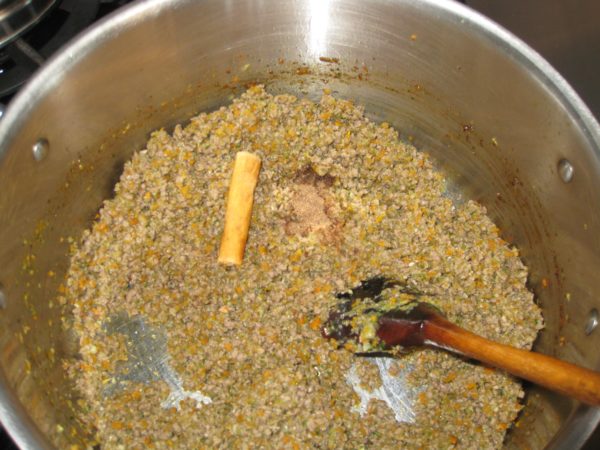
- Add the tomato paste and sauté until it begins to smell sweet, approximately 5 minutes at medium-high heat.
- Meanwhile, rinse tomato paste can out with some of the water and add it to the pureed tomatoes.
- Add pureed tomatoes, bay leaf, oregano, basil and remaining water.
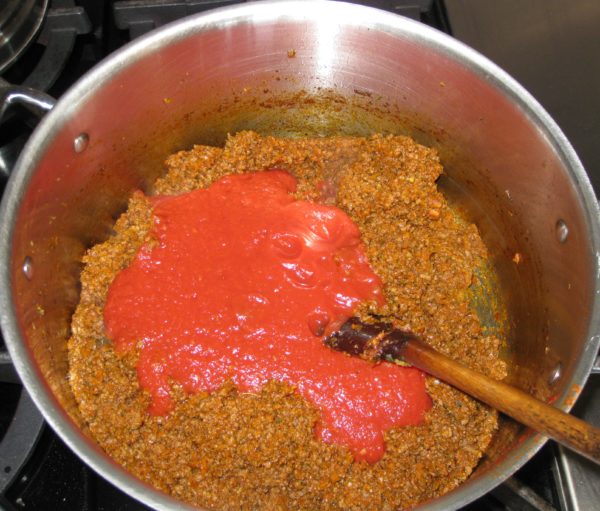
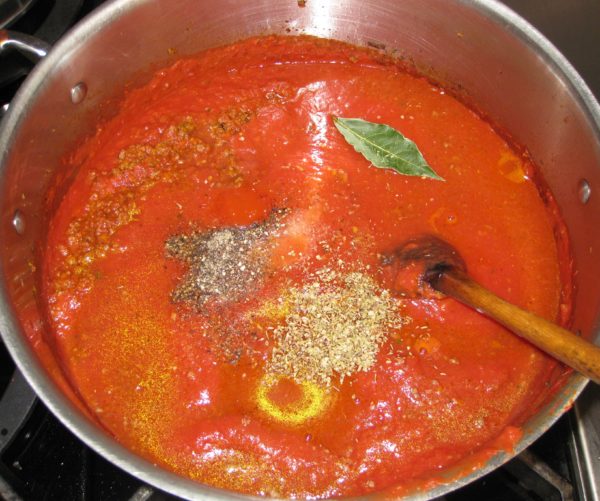
- Bring to a boil, reduce heat and simmer, partially covered for about 2 ½ hours, stirring every 20 minutes.
- After about an hour of cooking, begin to taste and adjust seasoning.
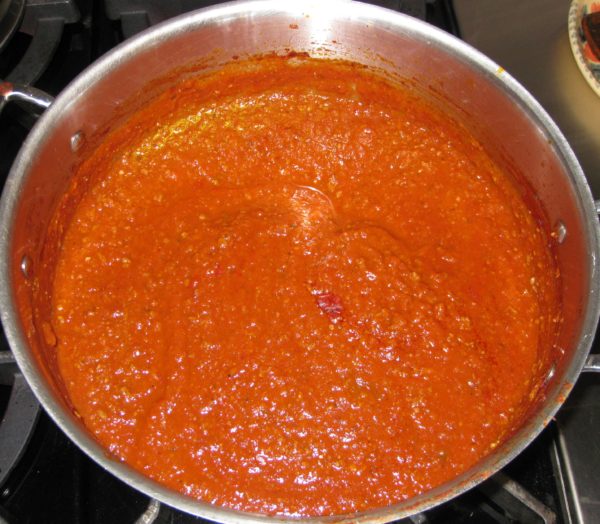
- Serve with the pasta of your choice.

Copyright © 2018 by Villa Sentieri, LLC. All rights reserved.

